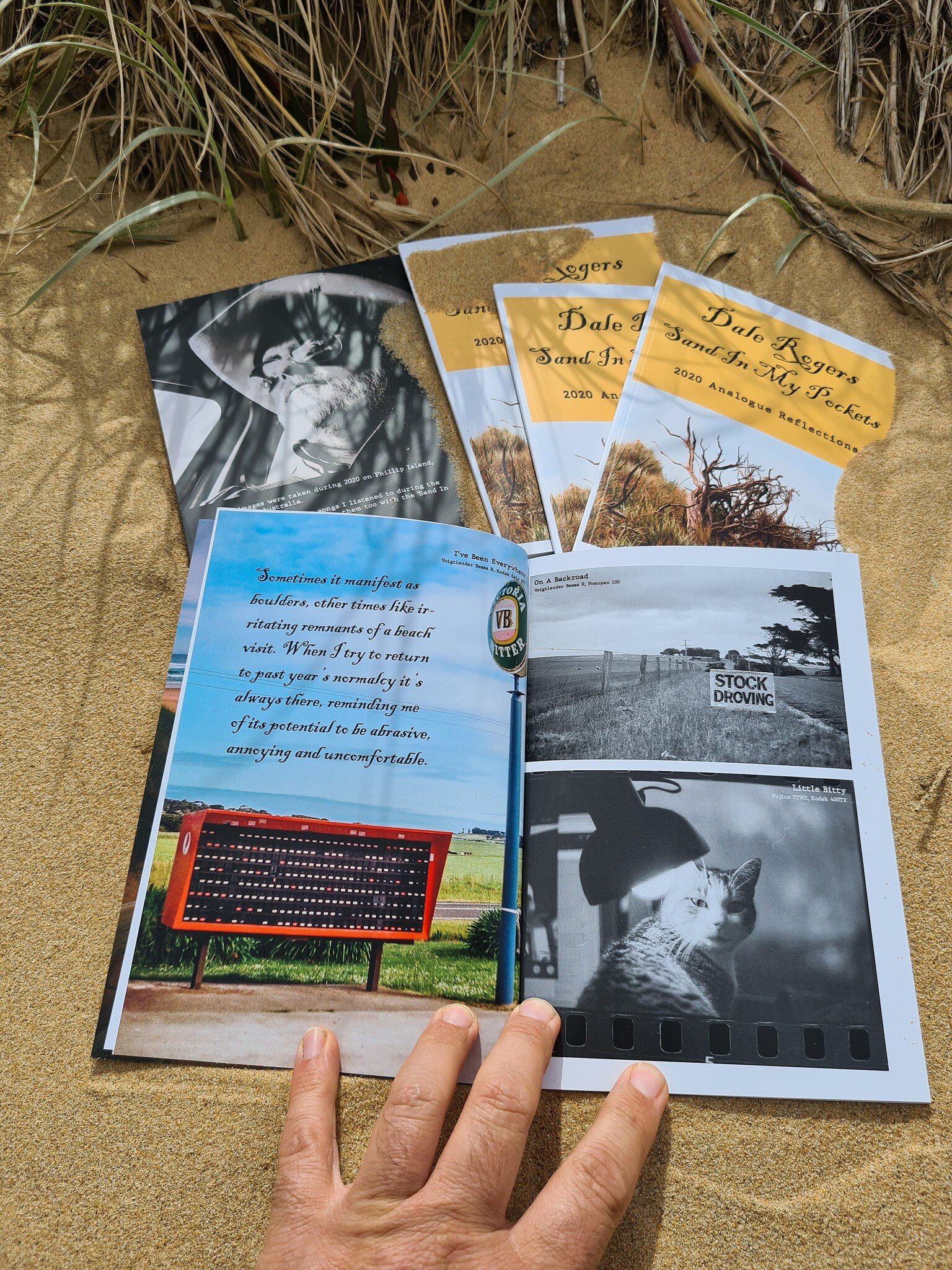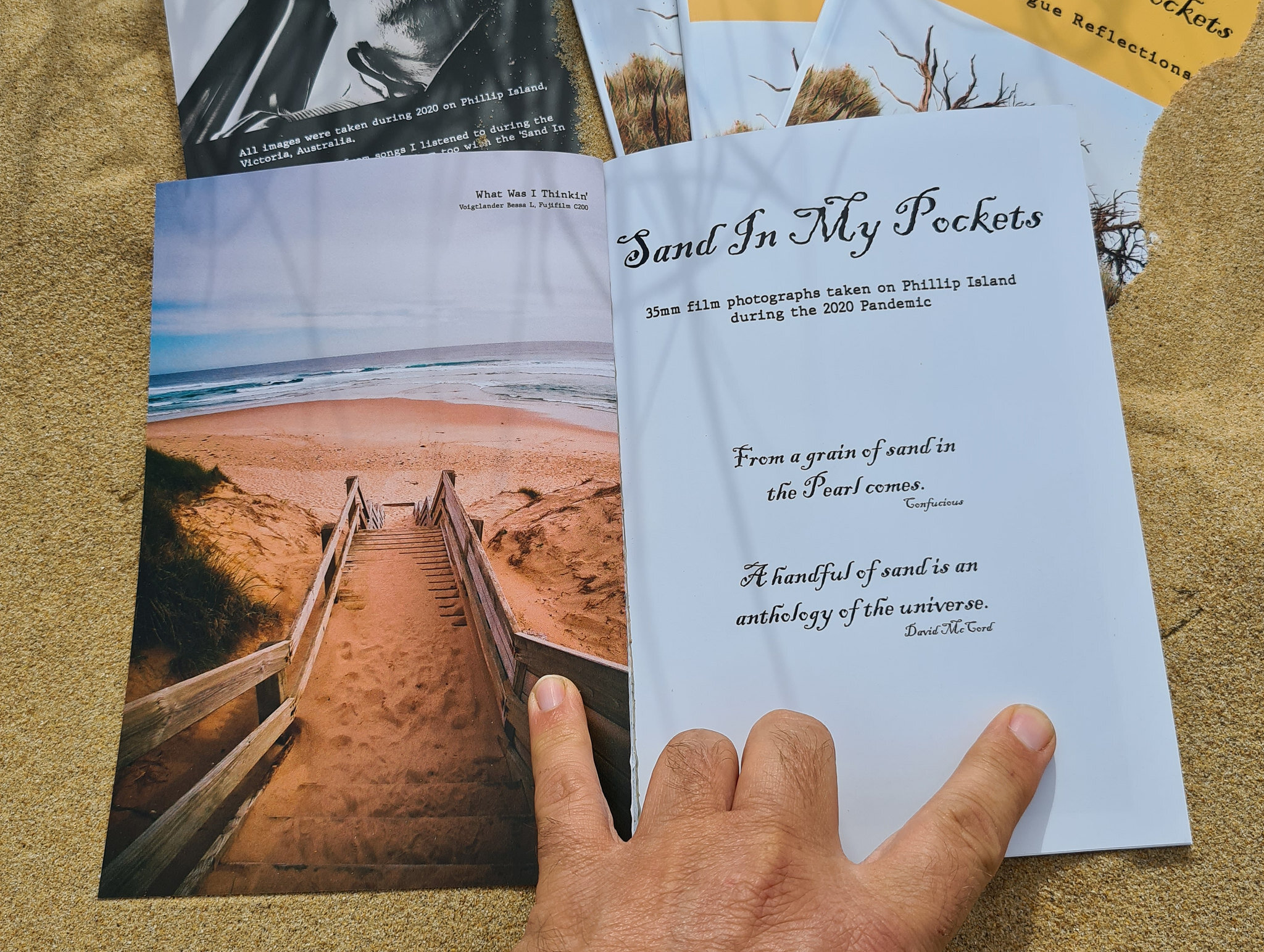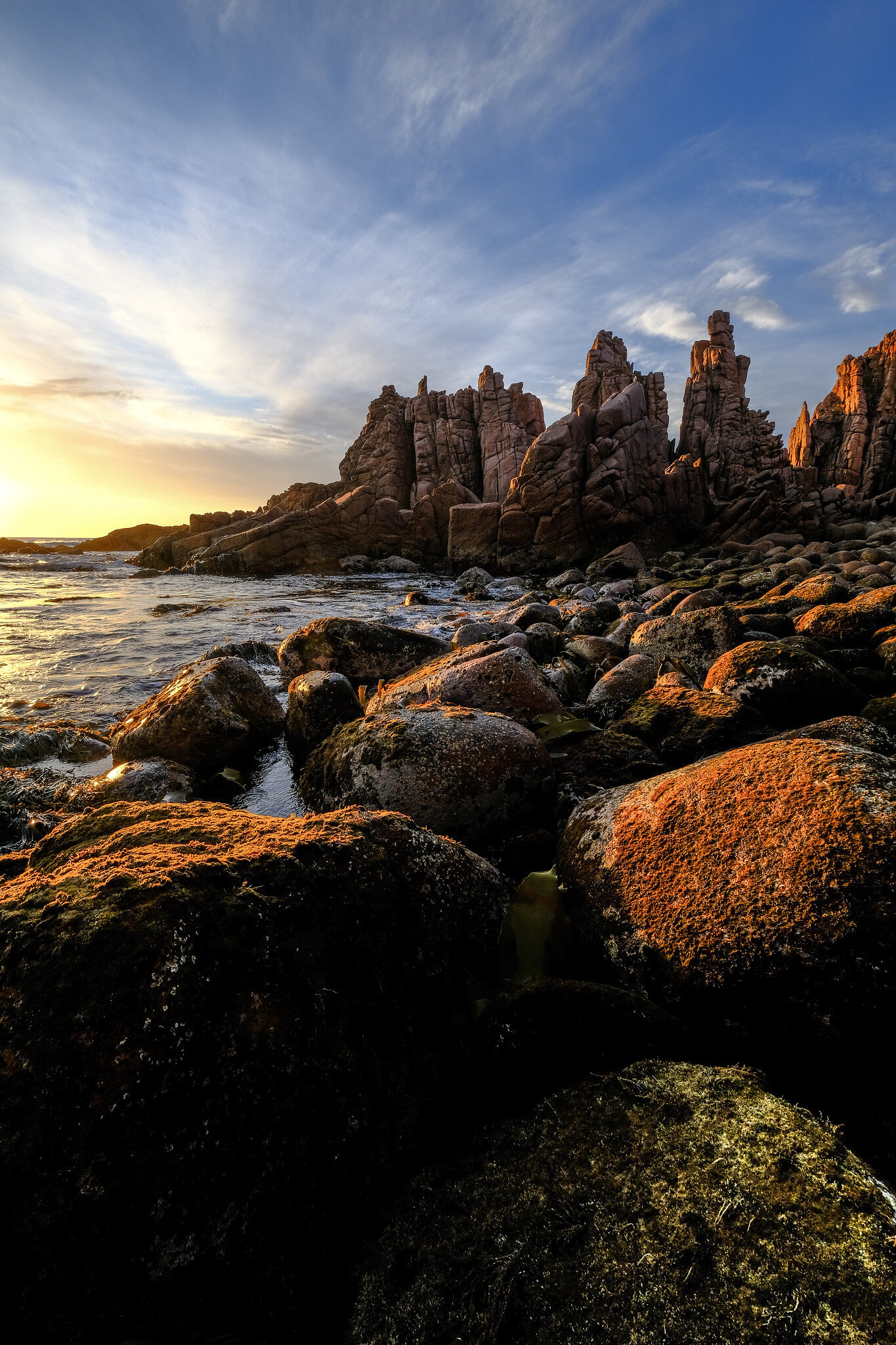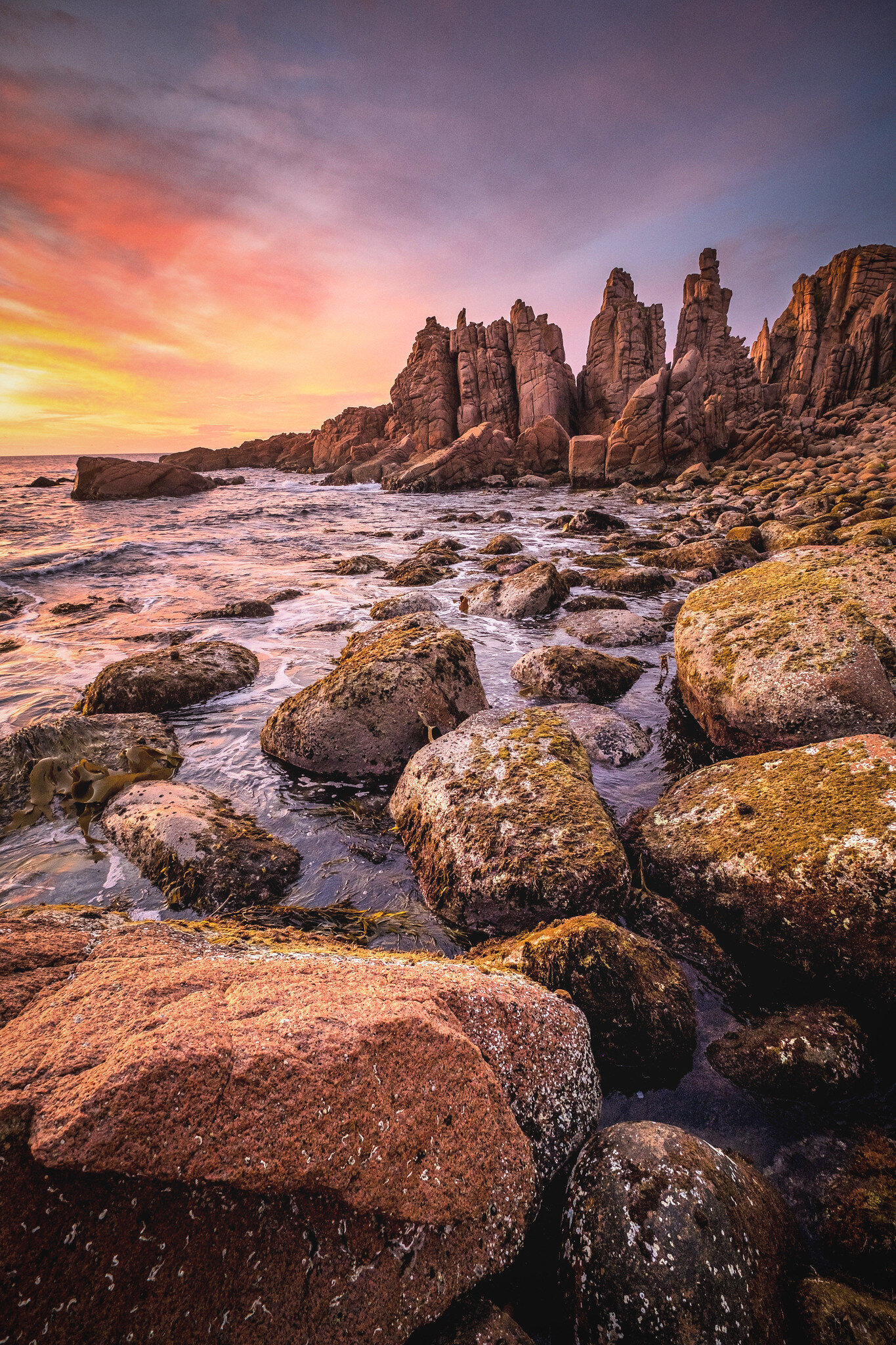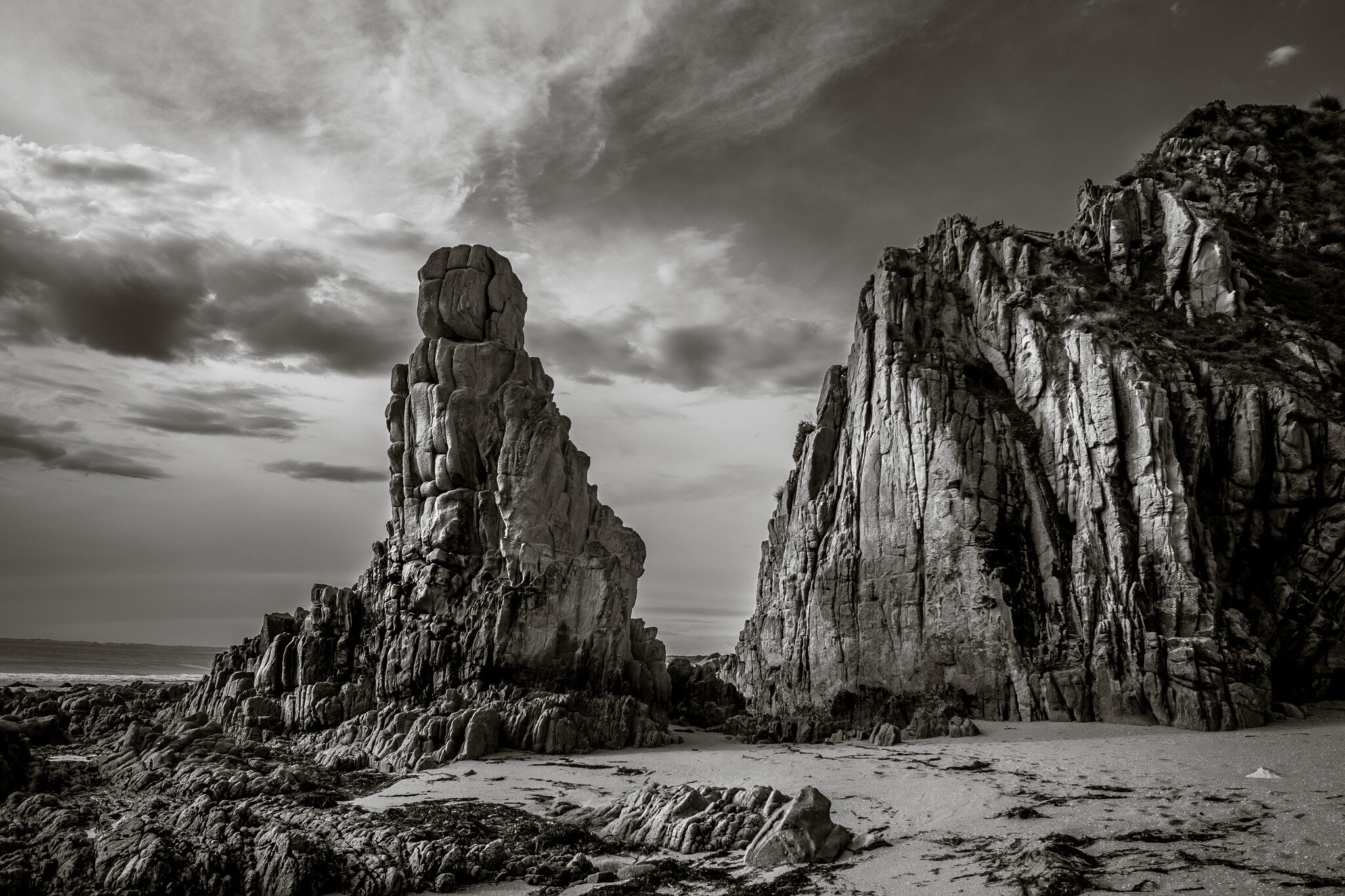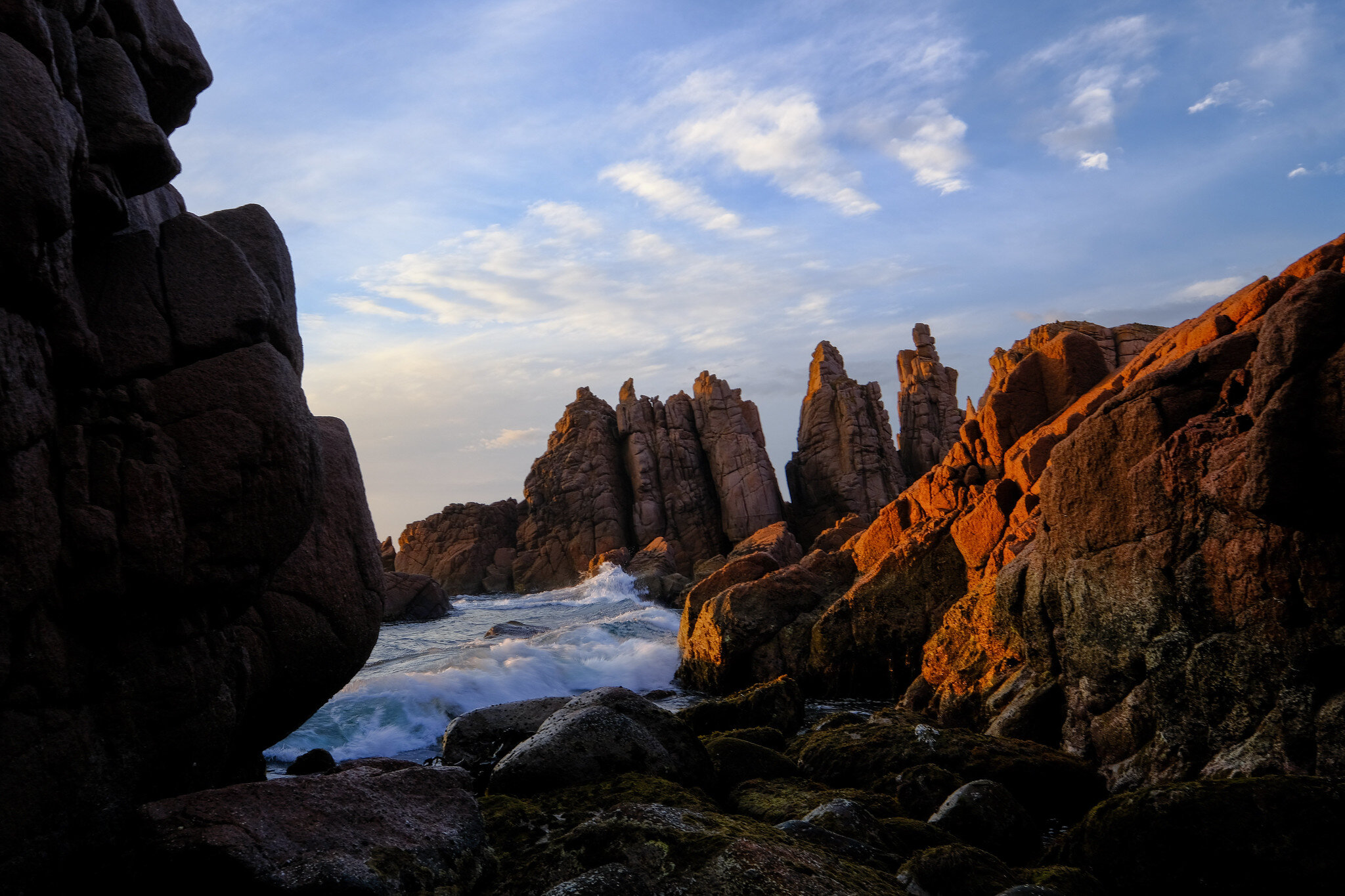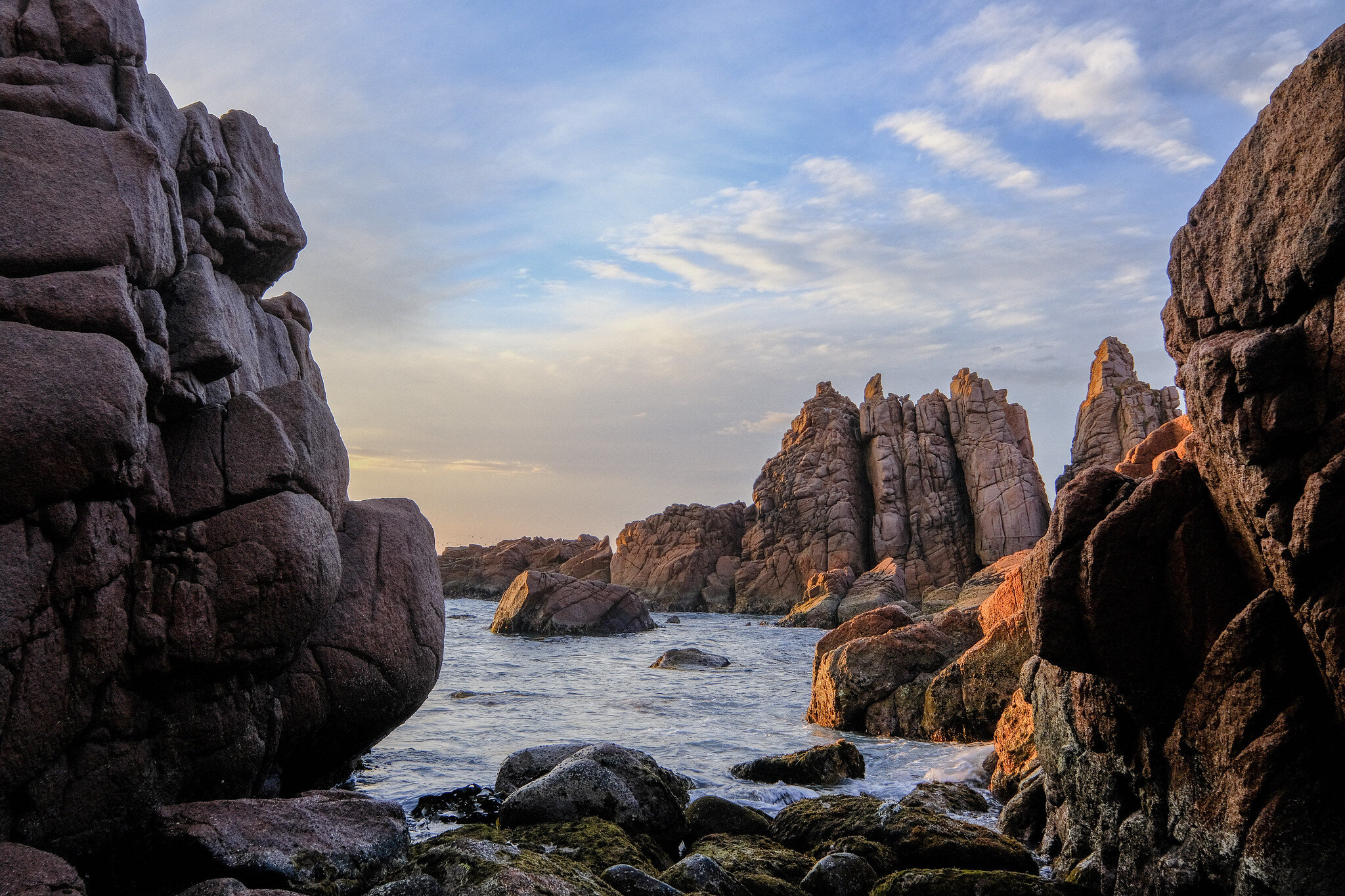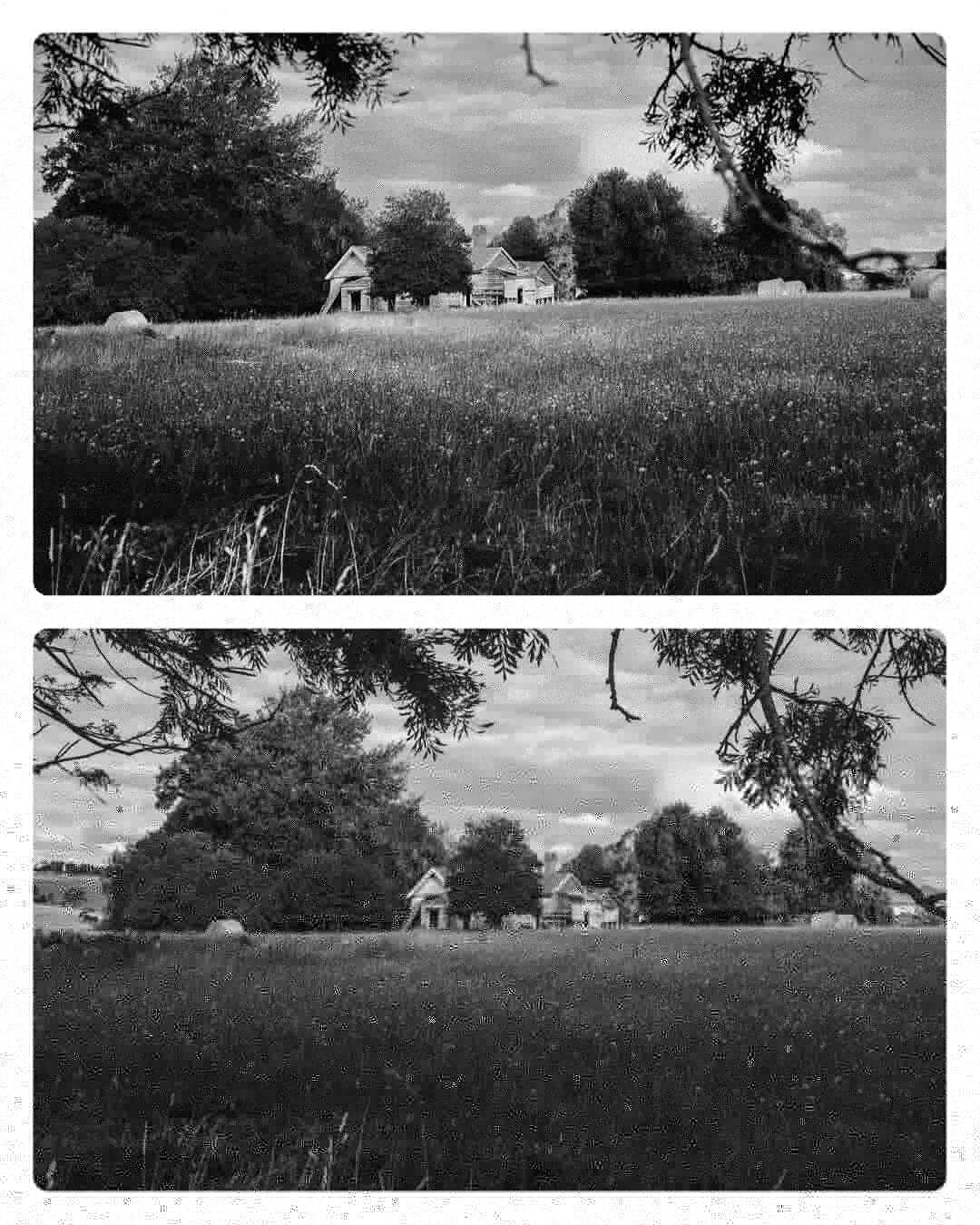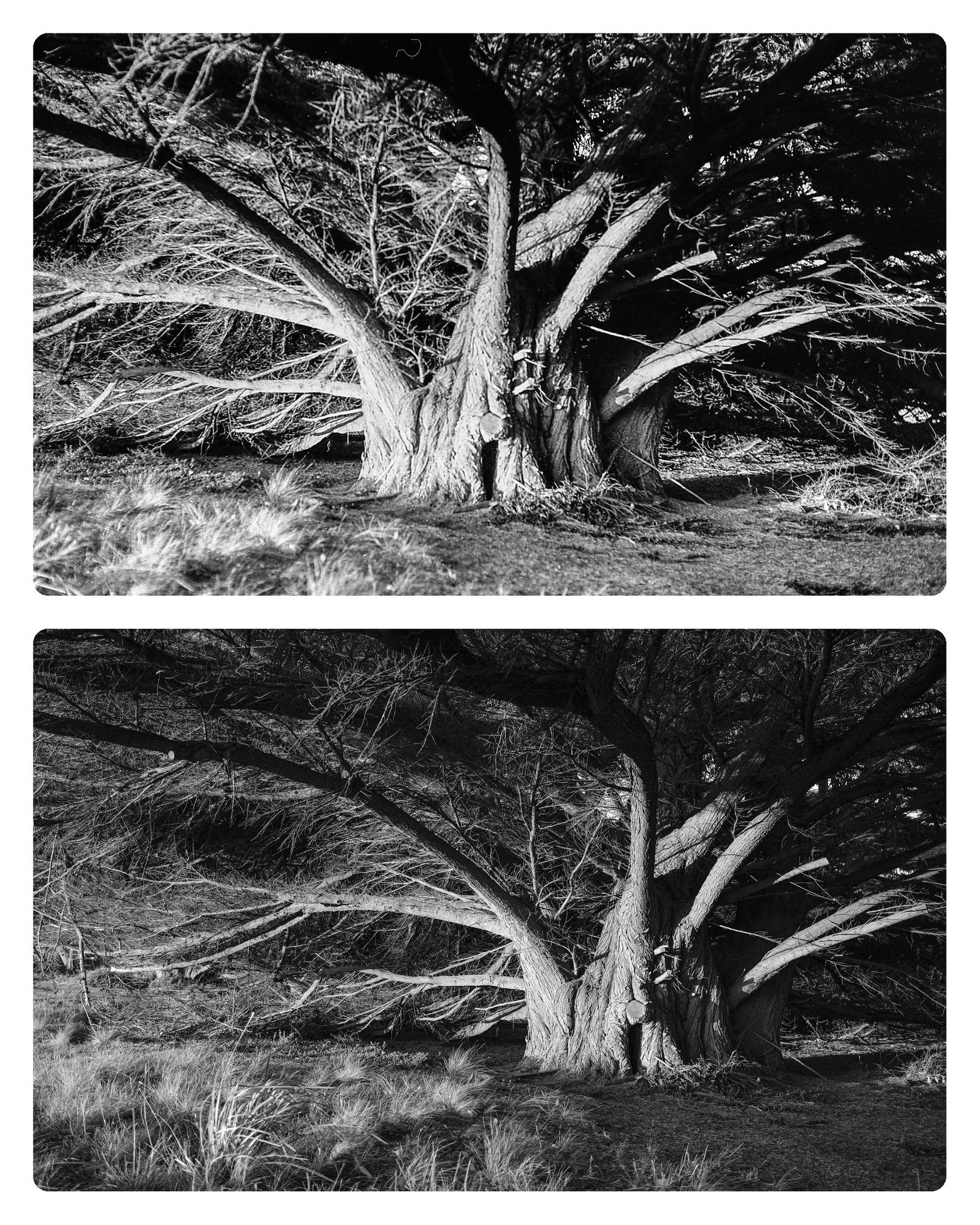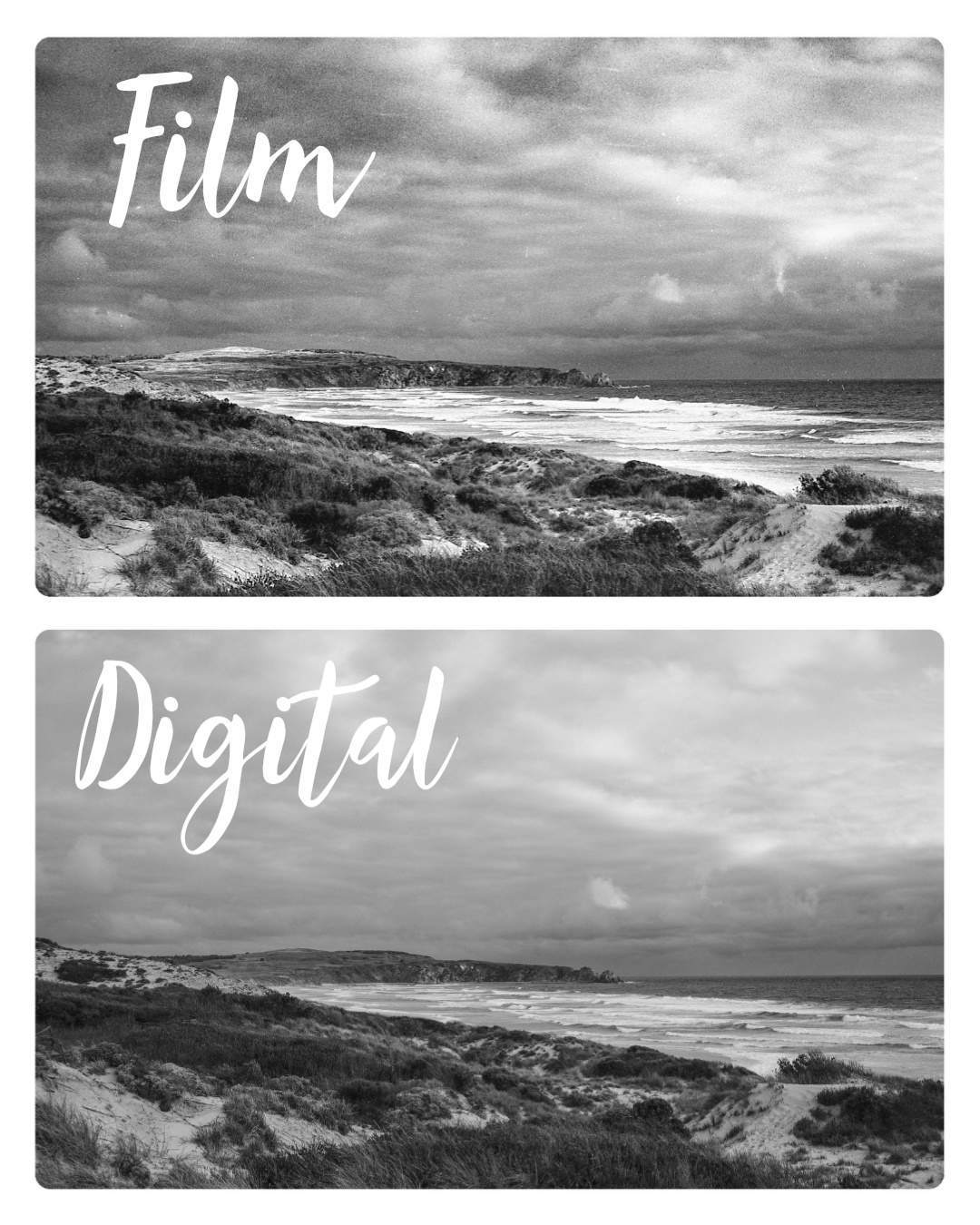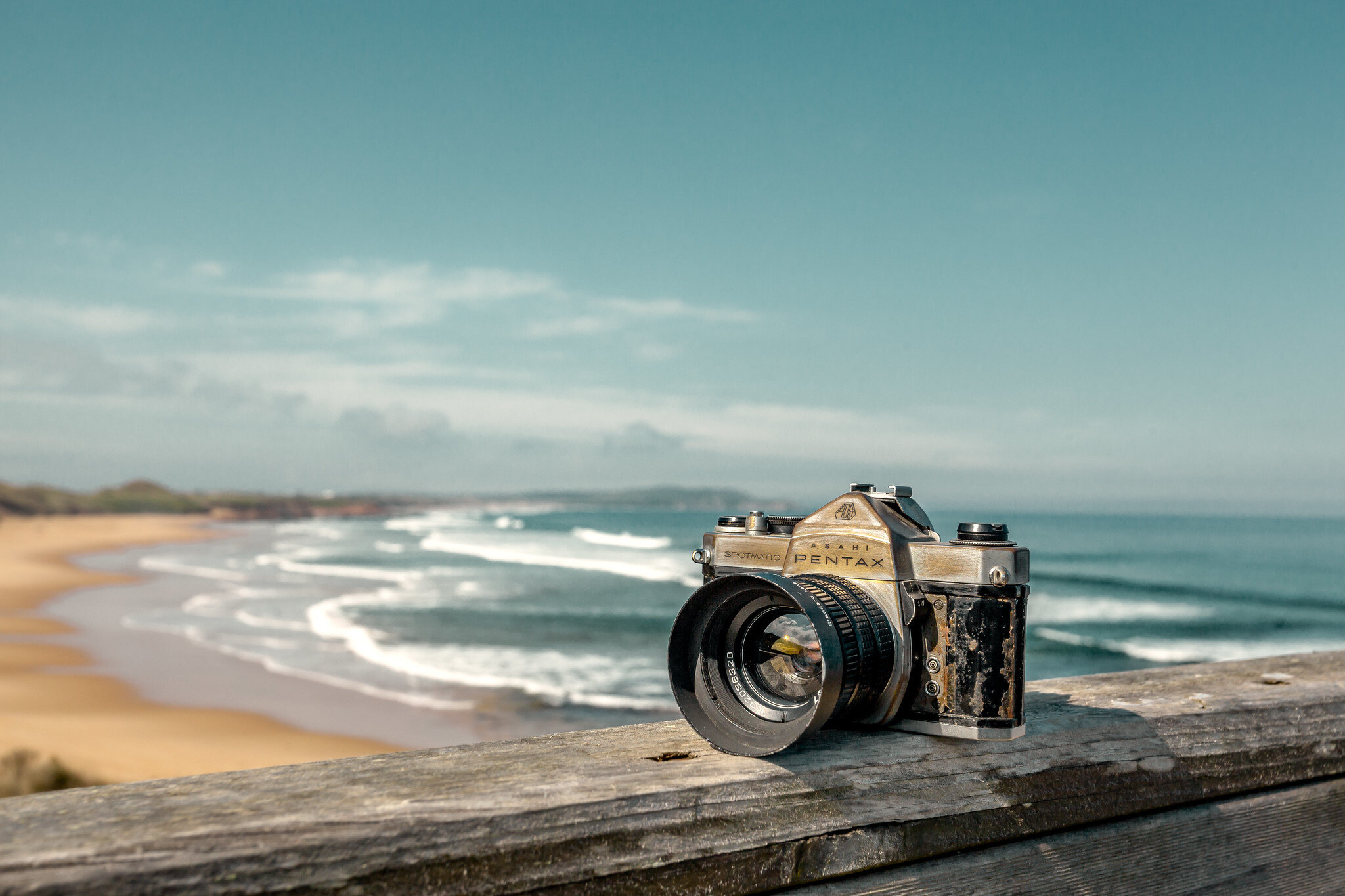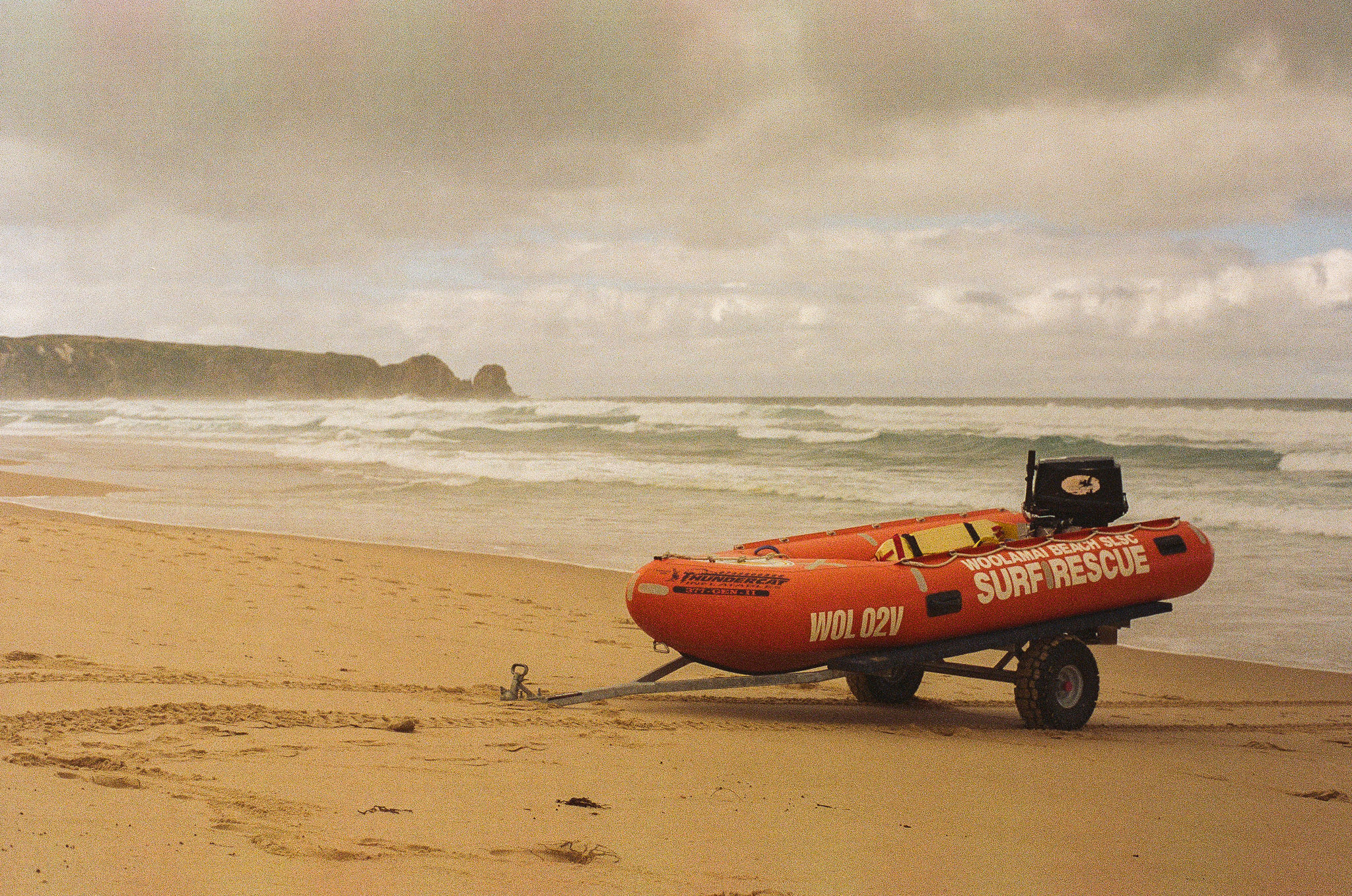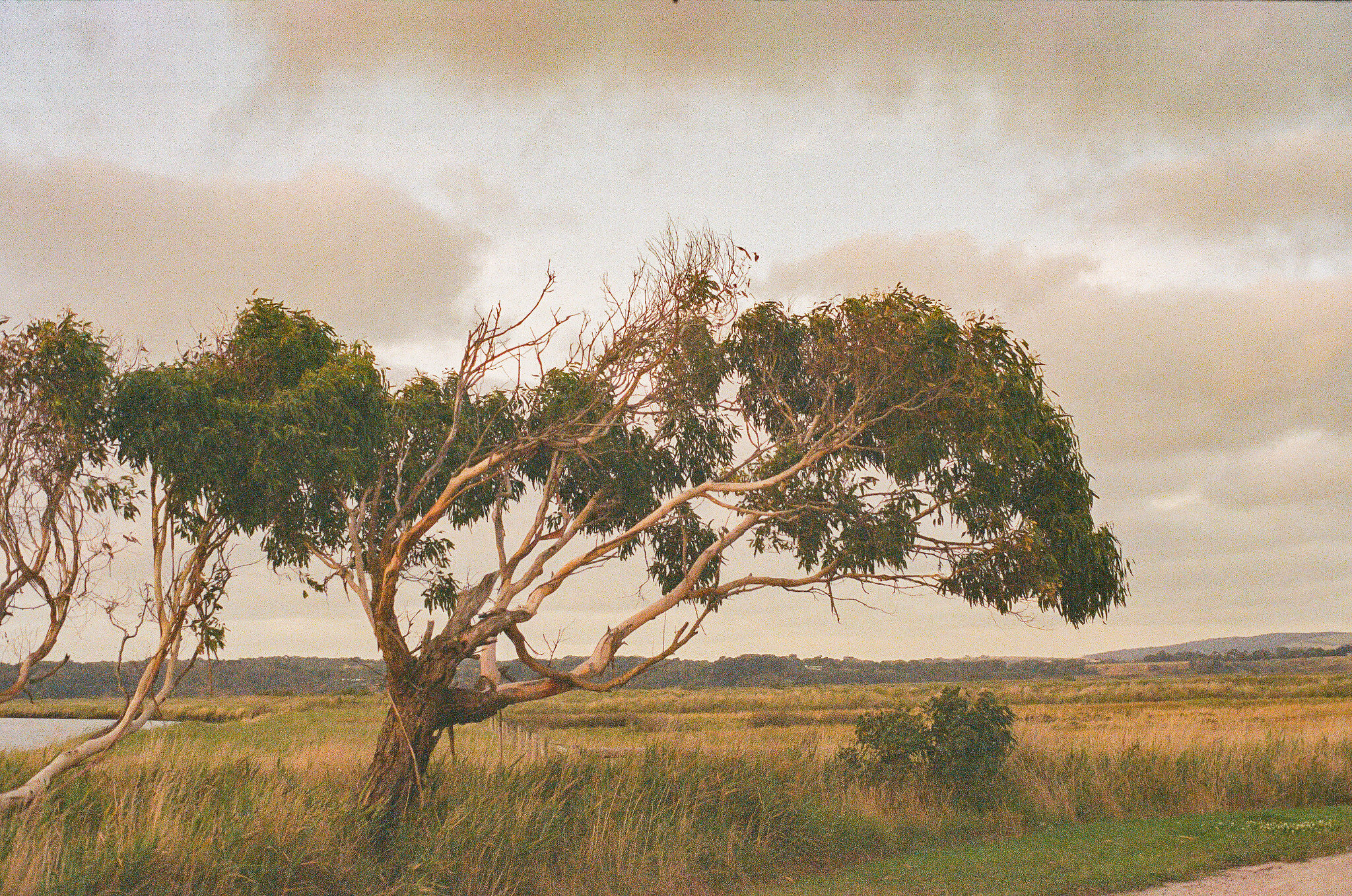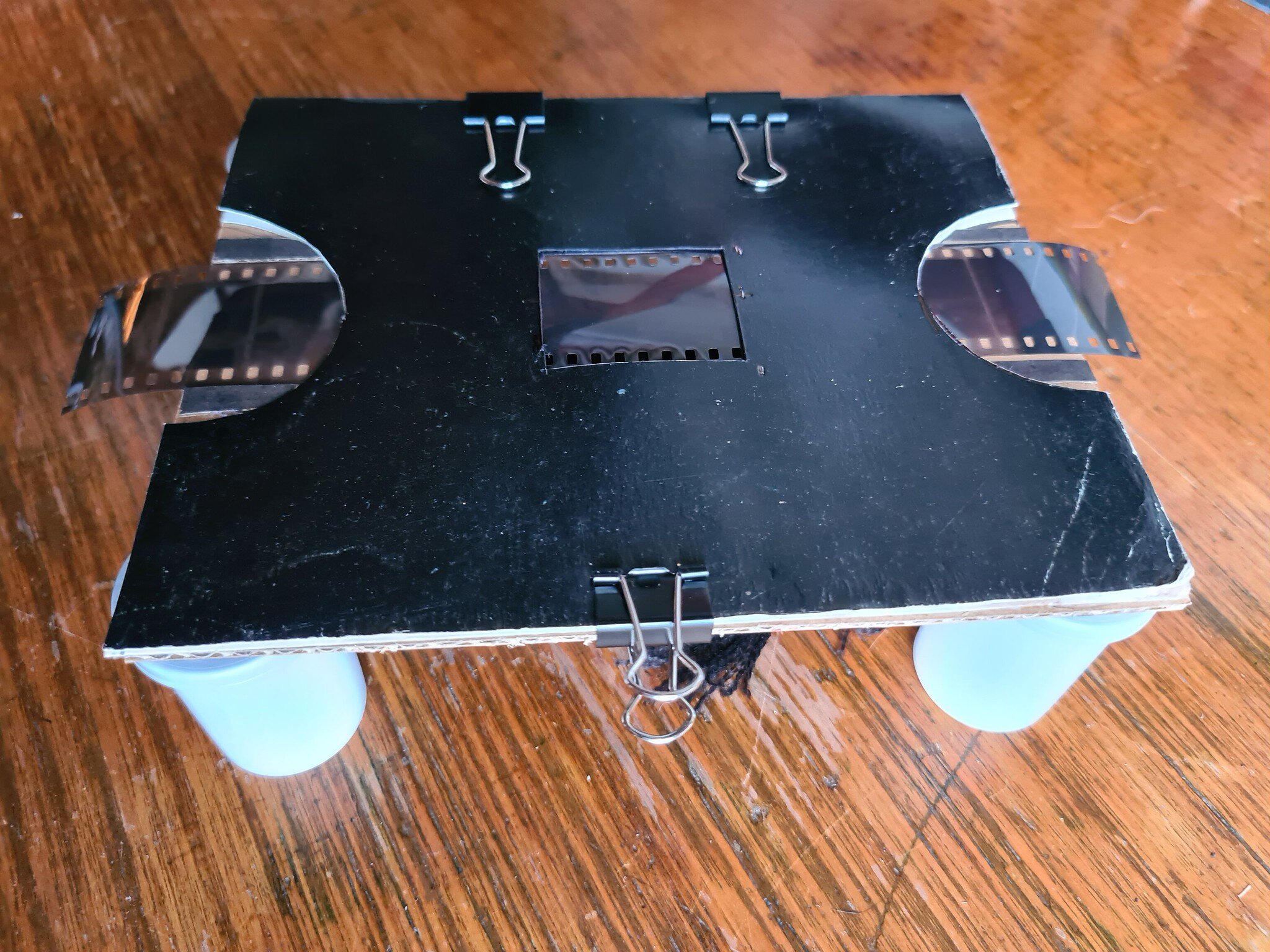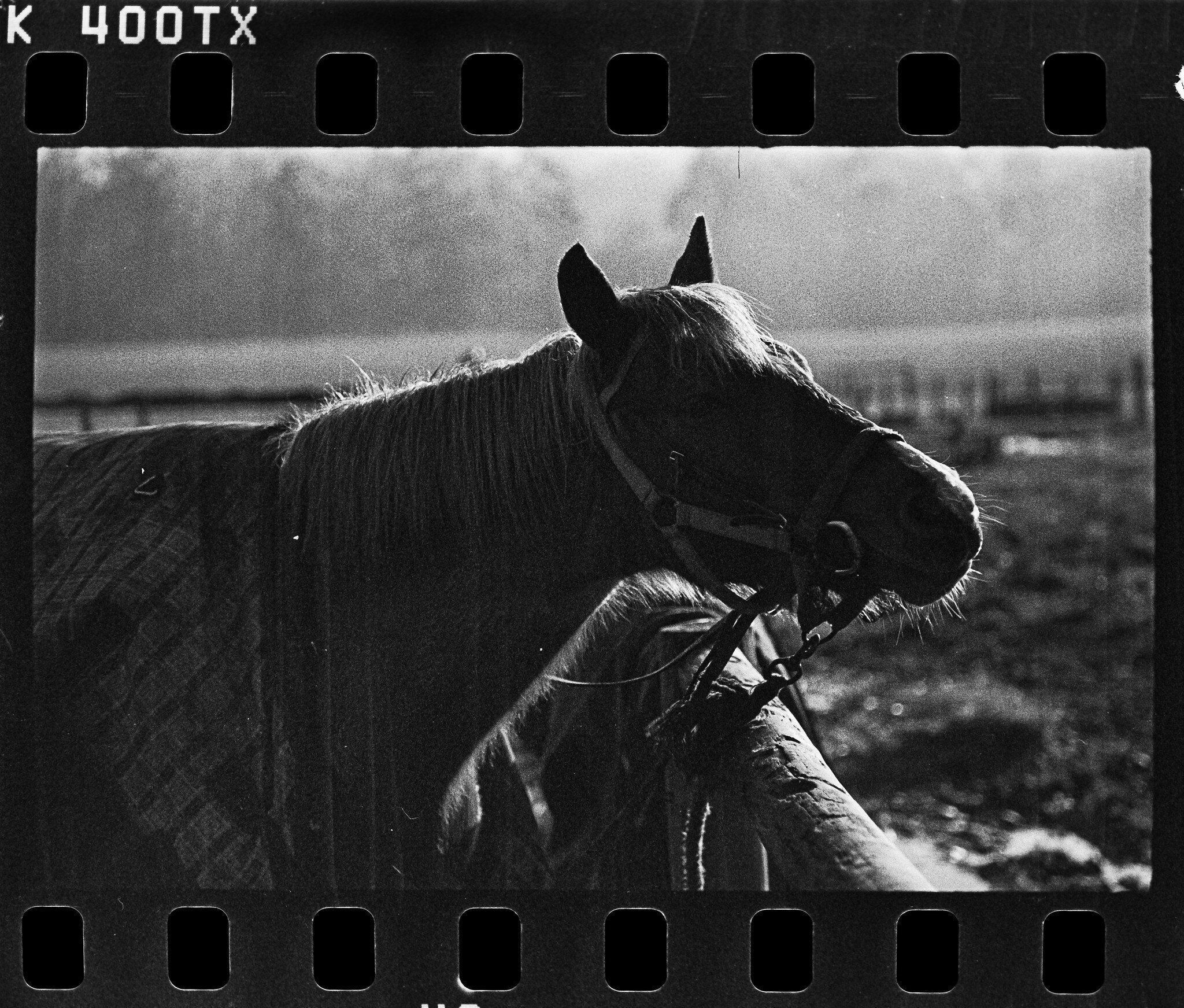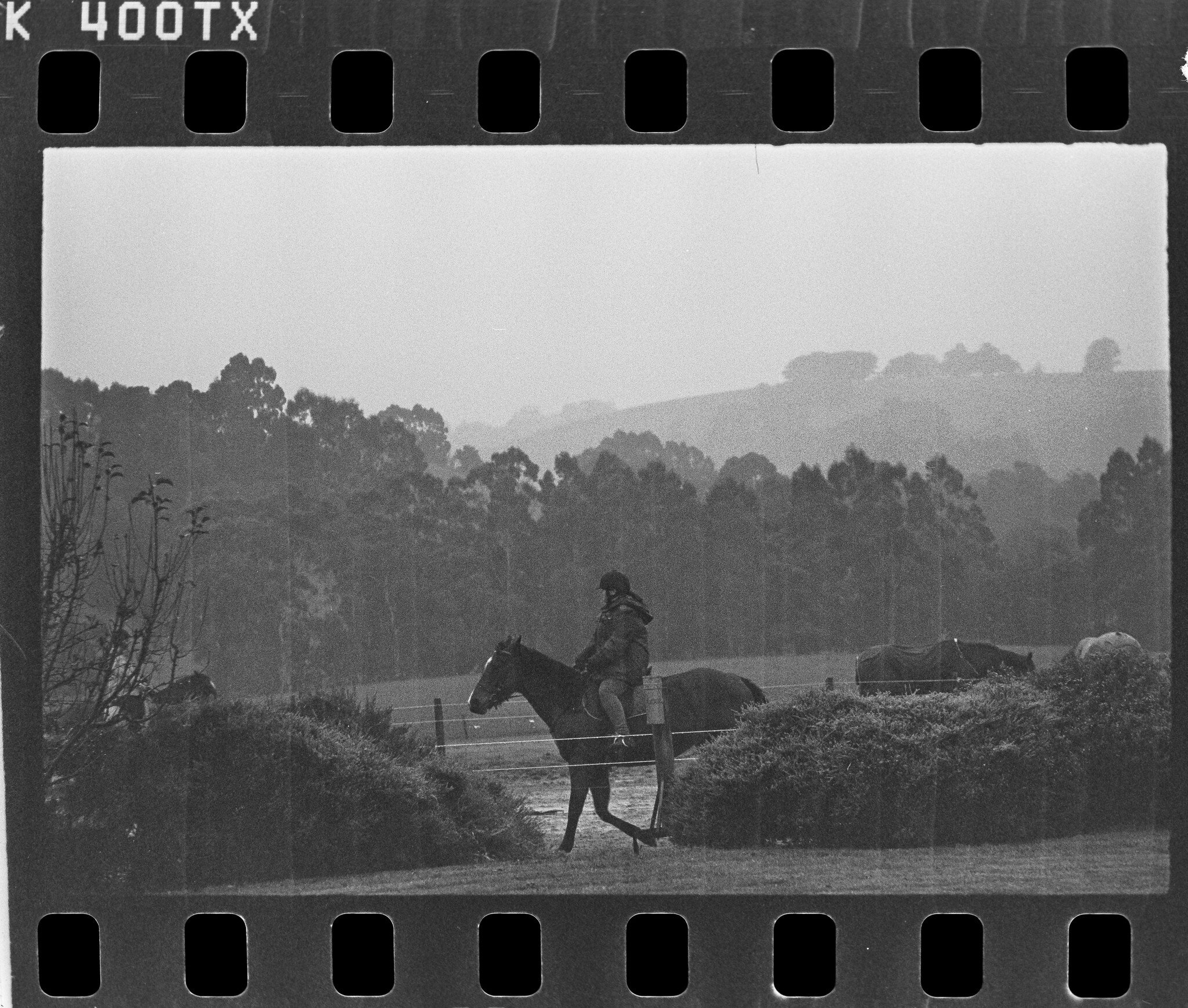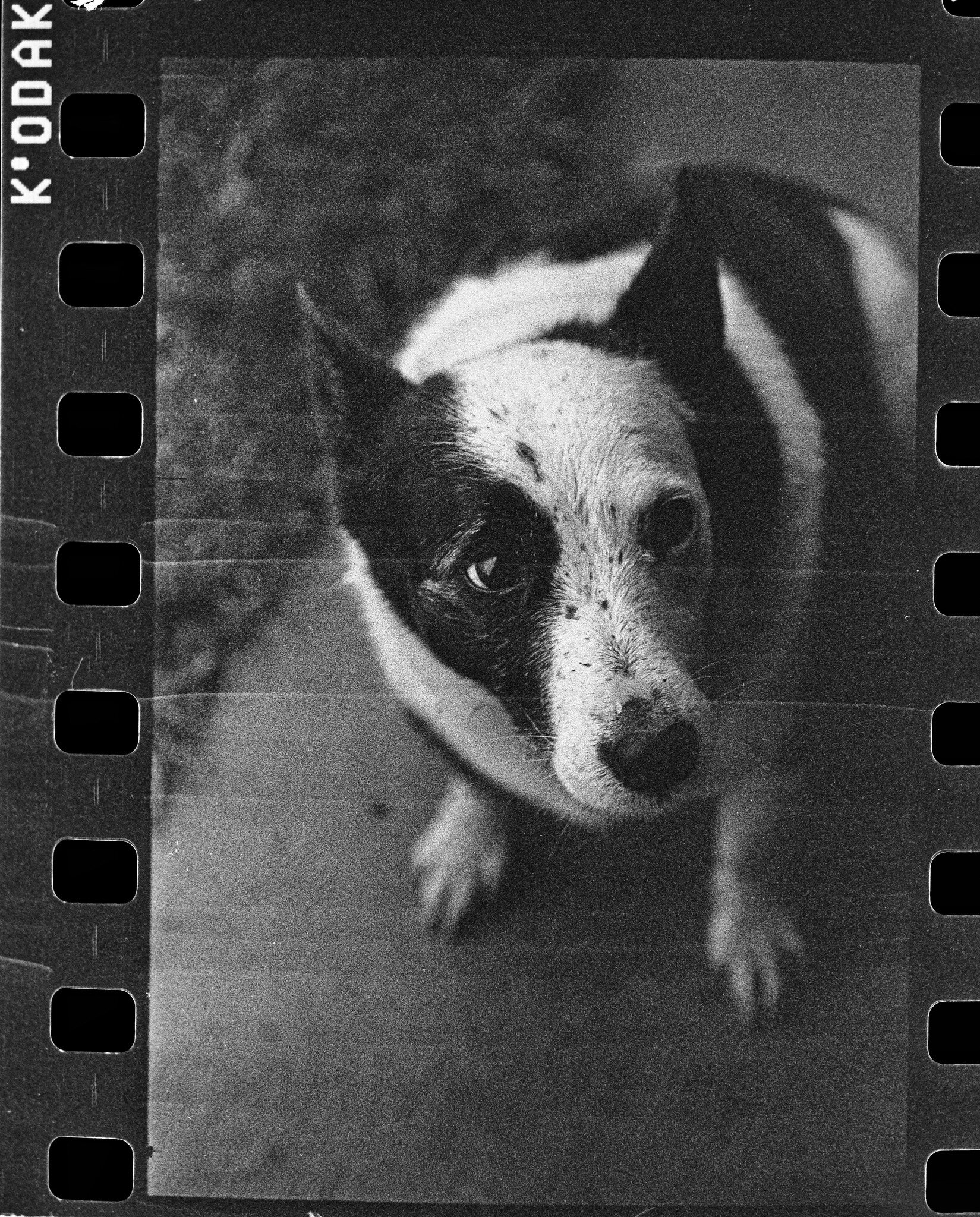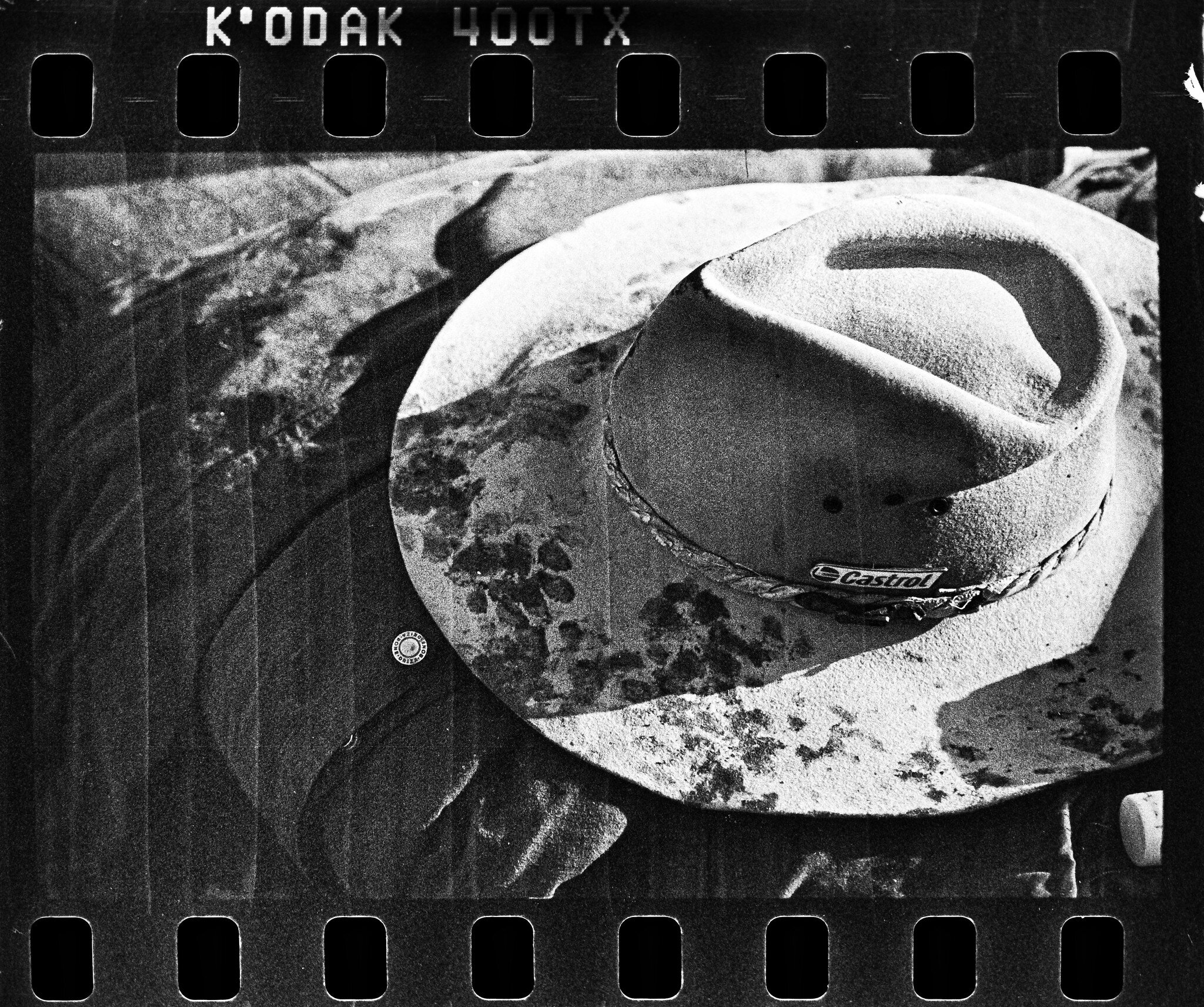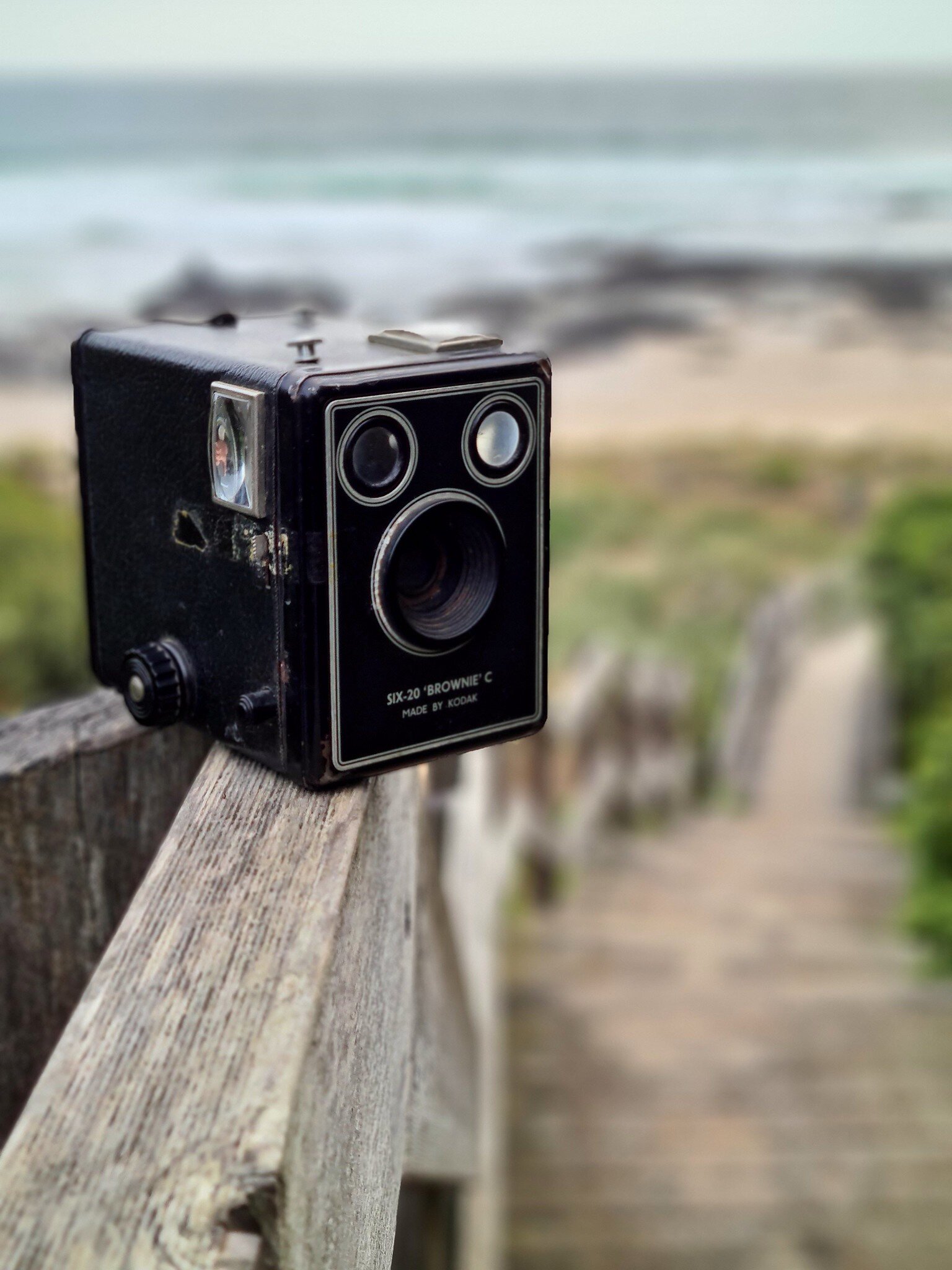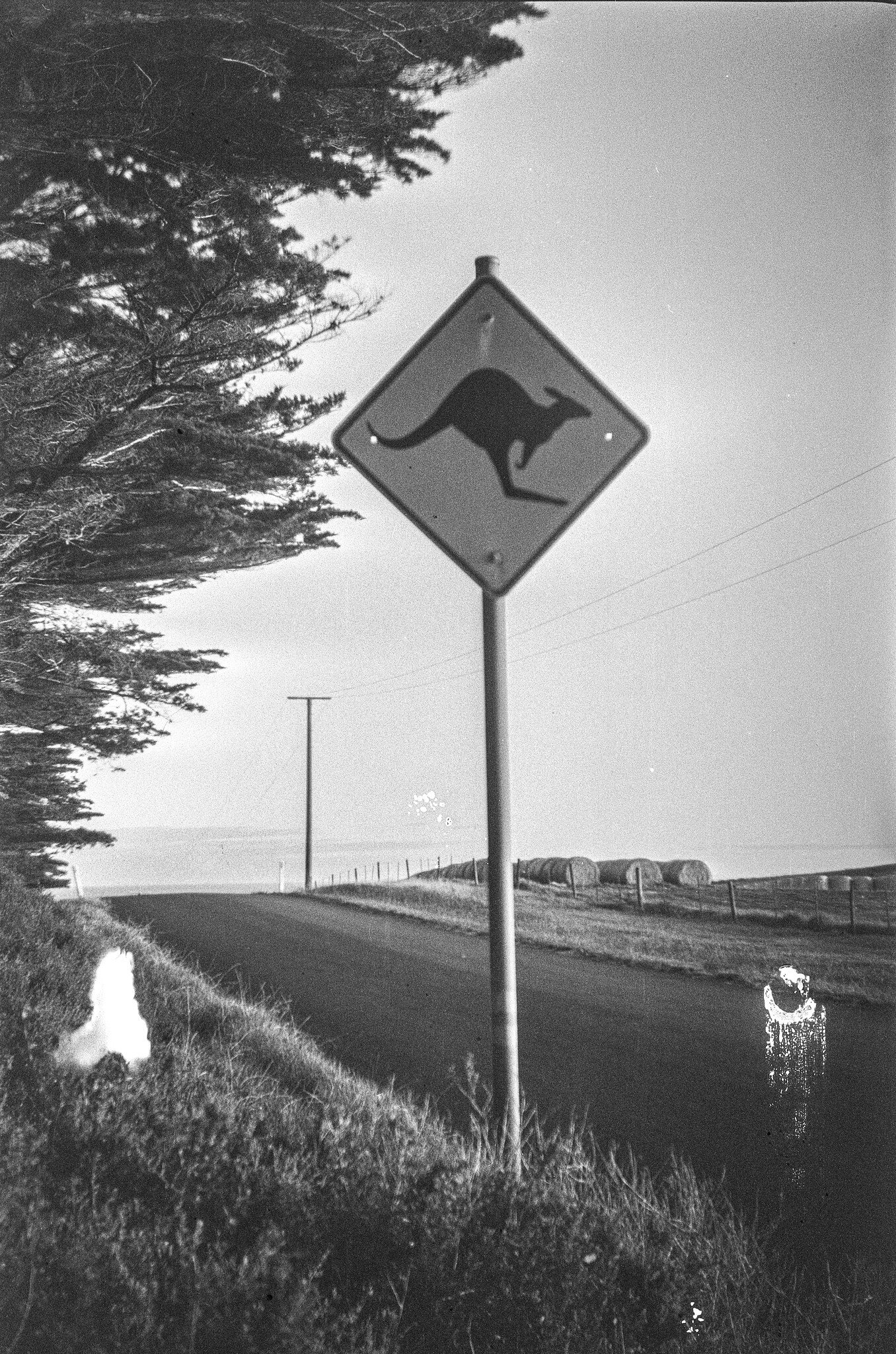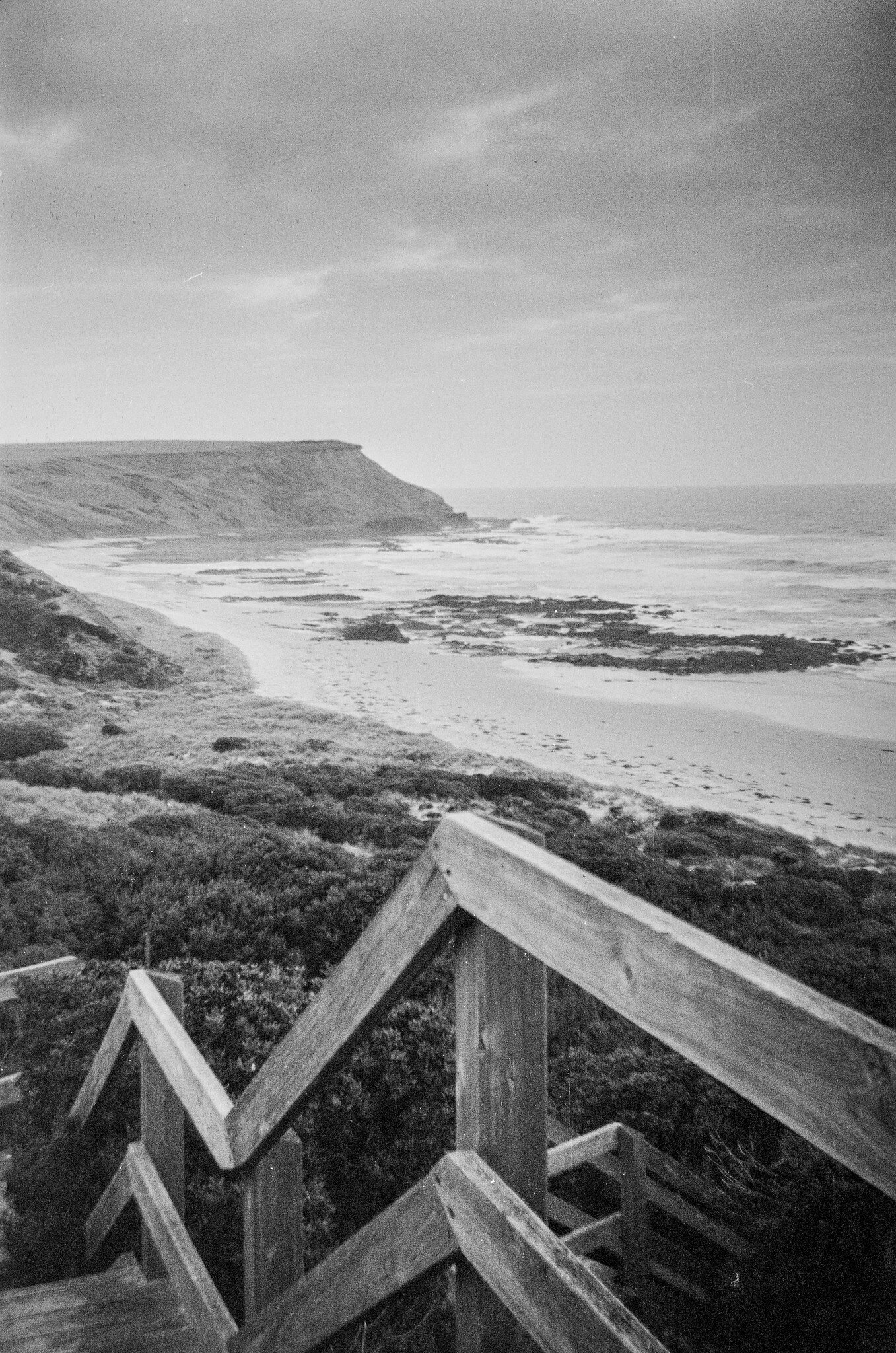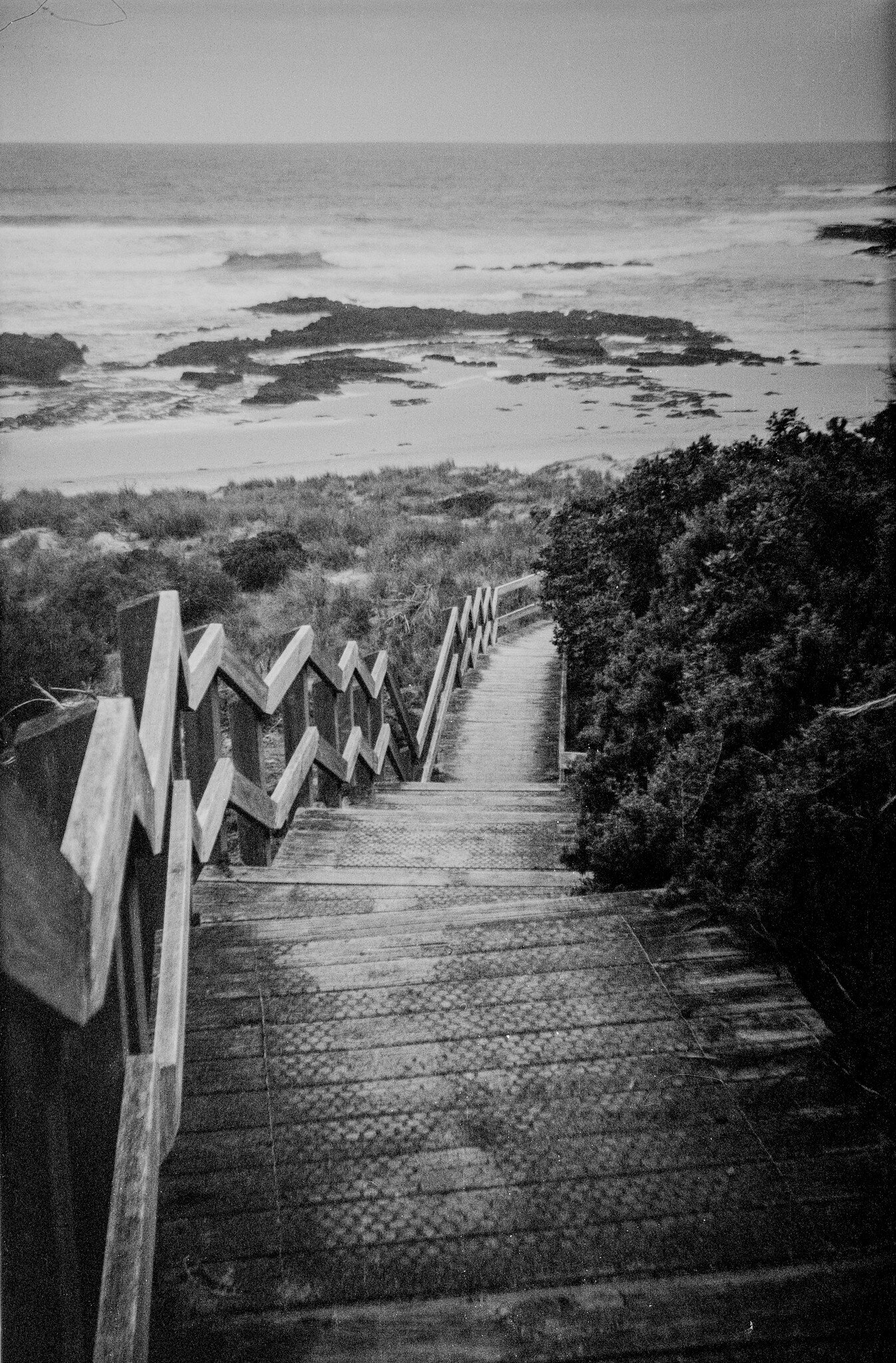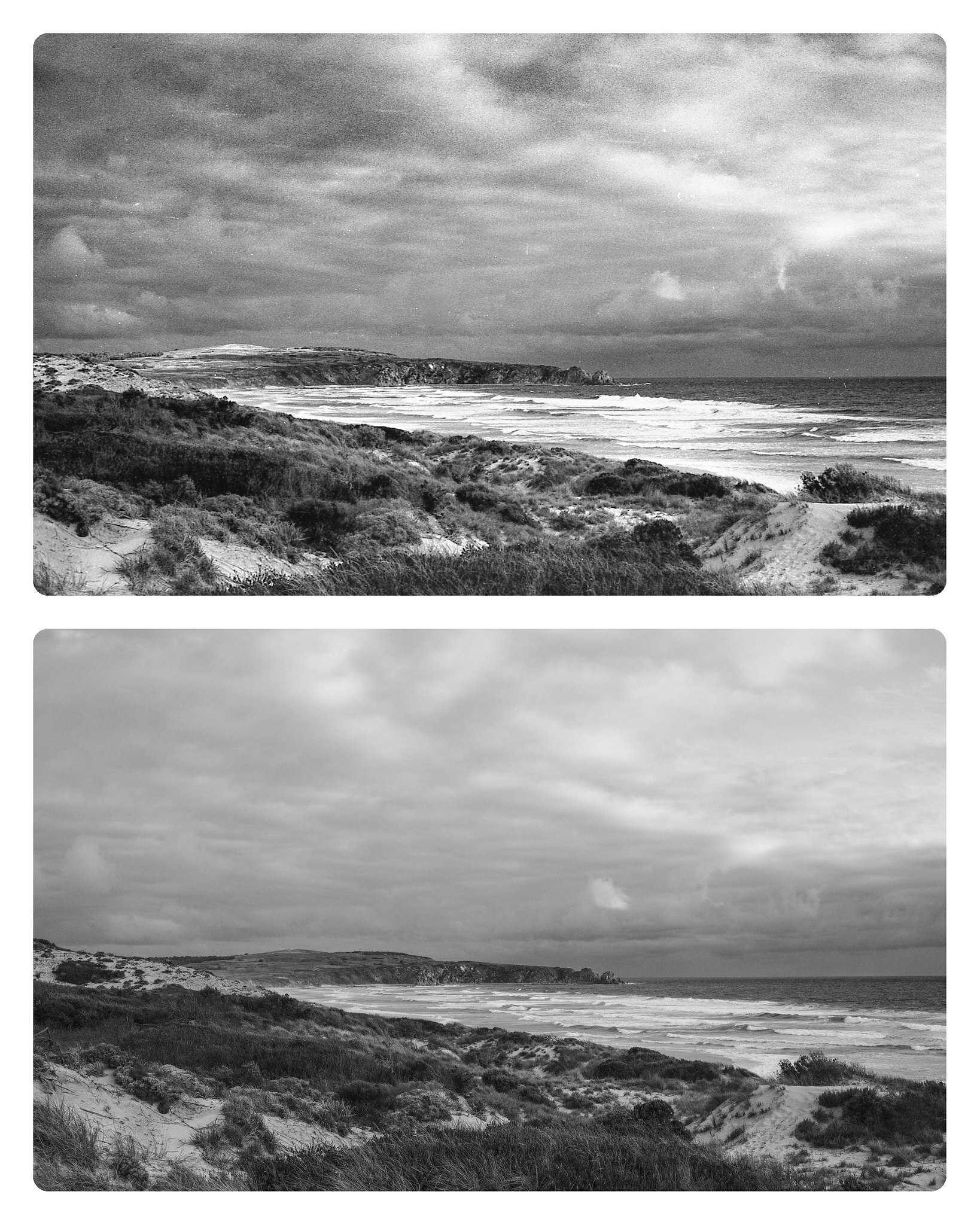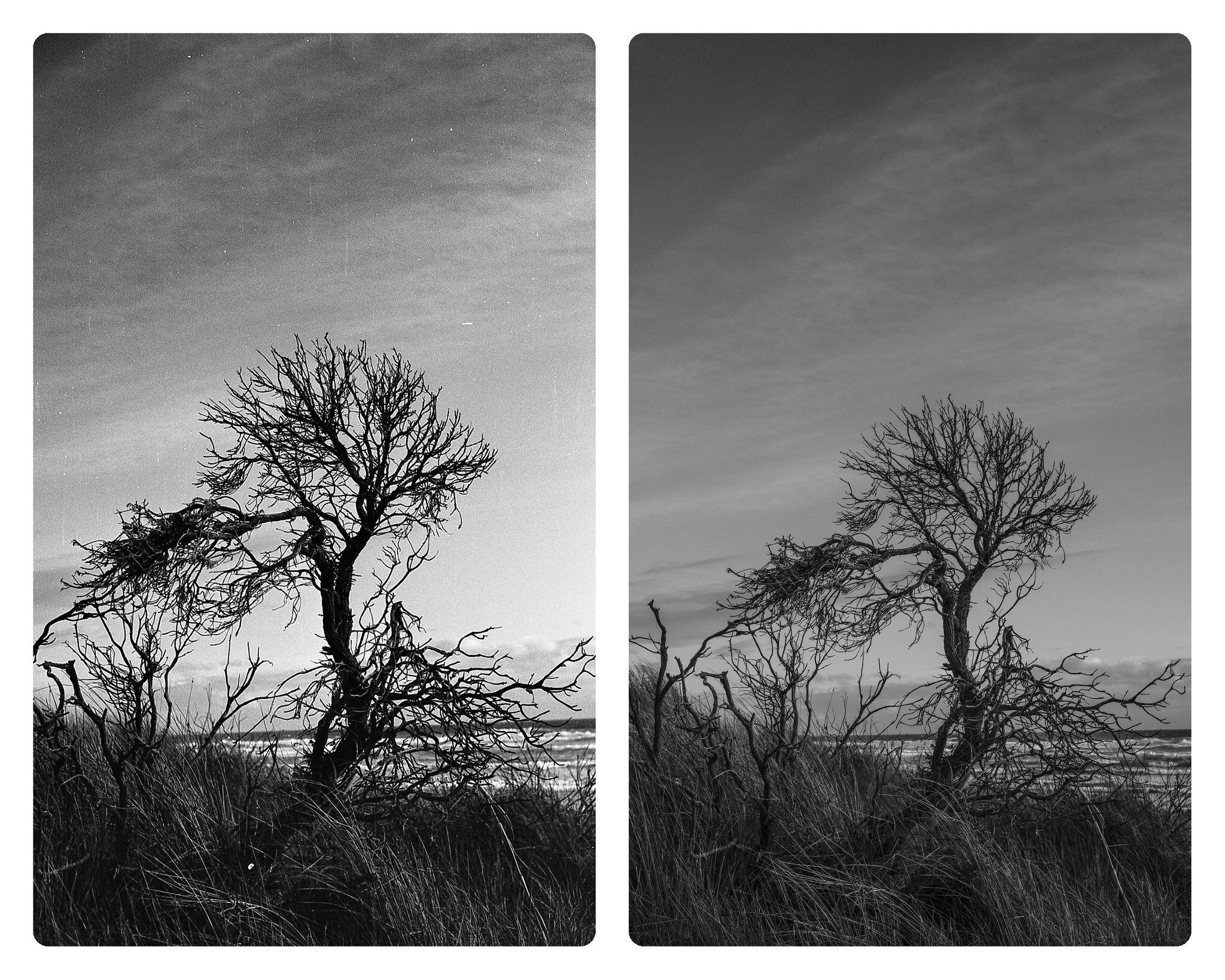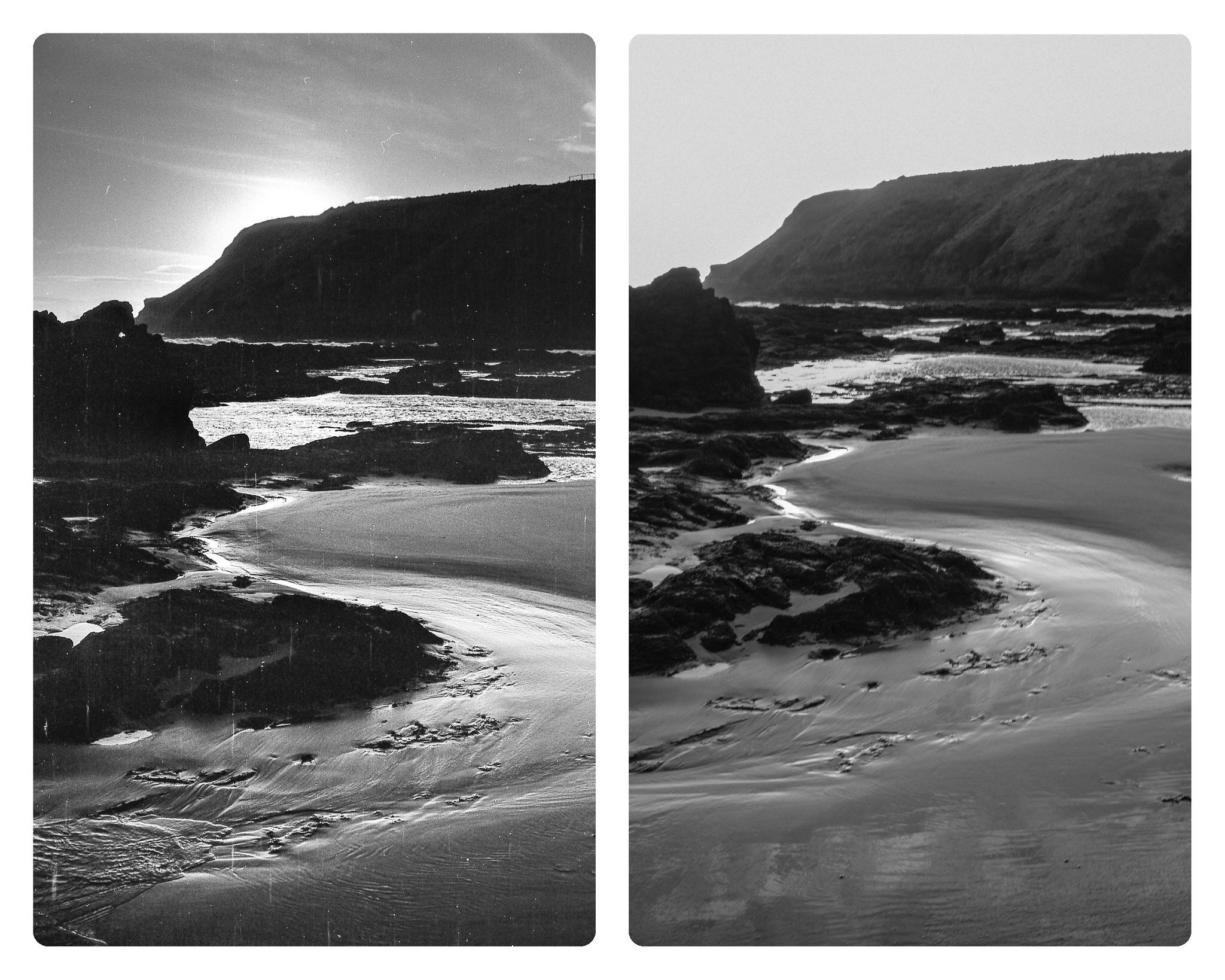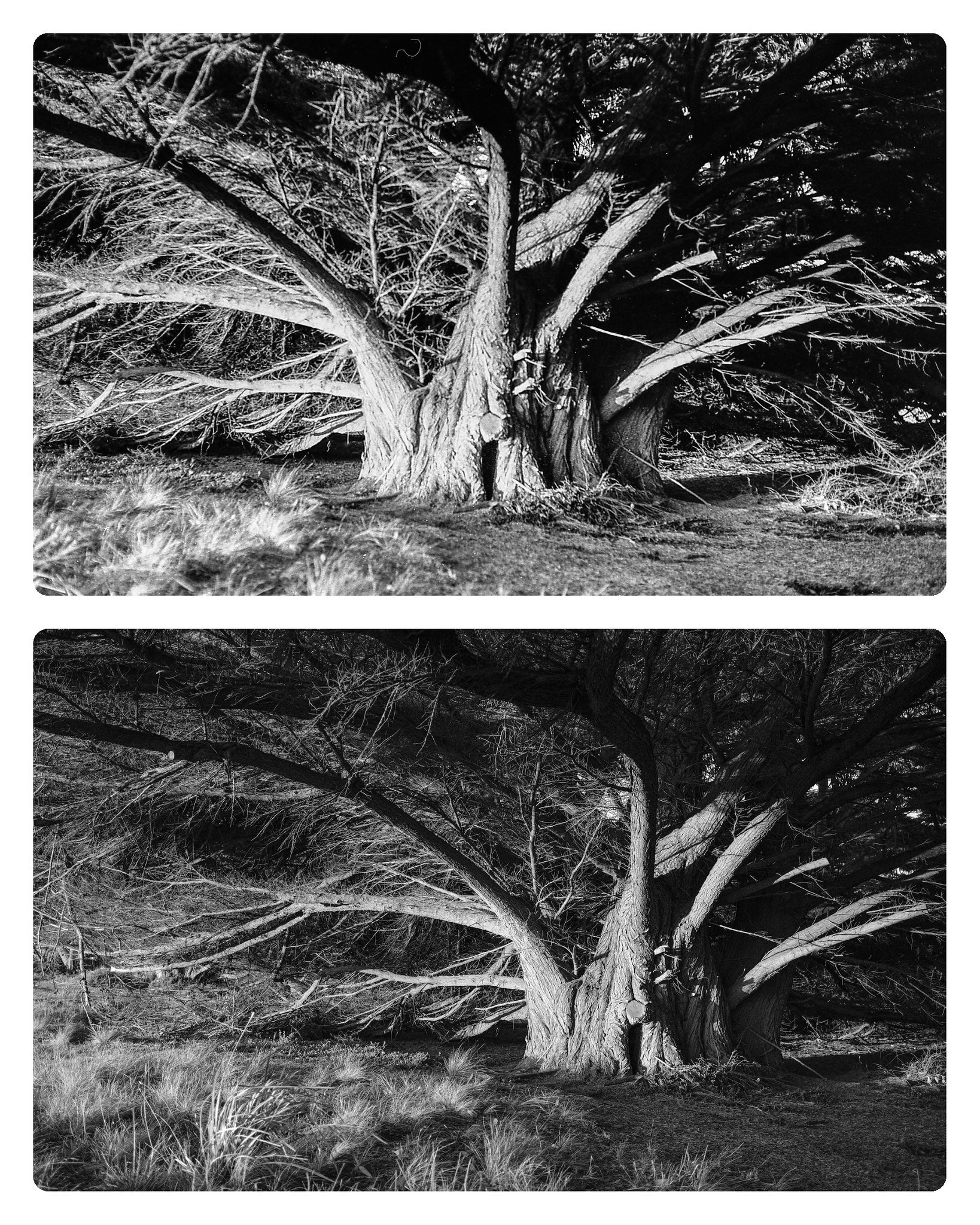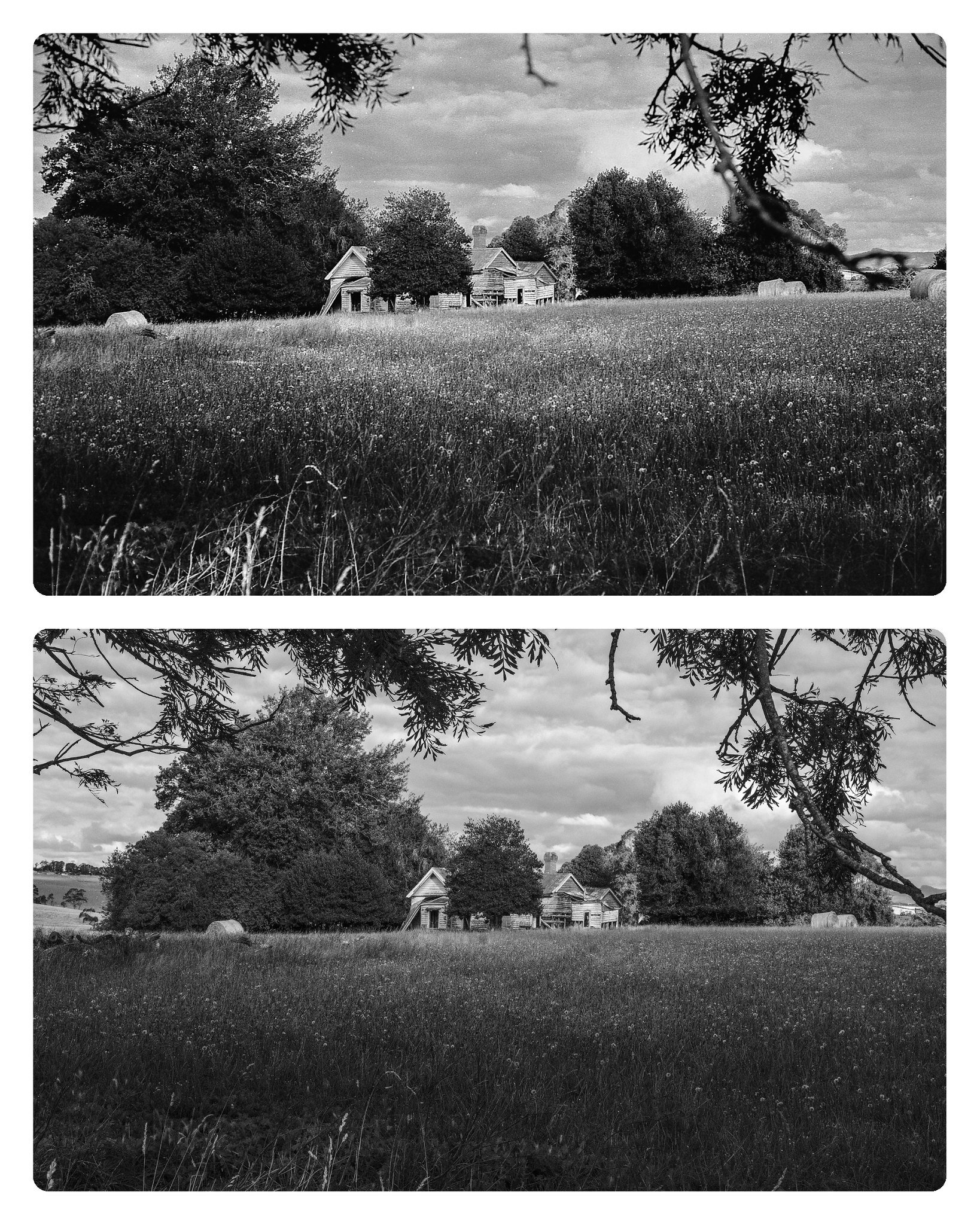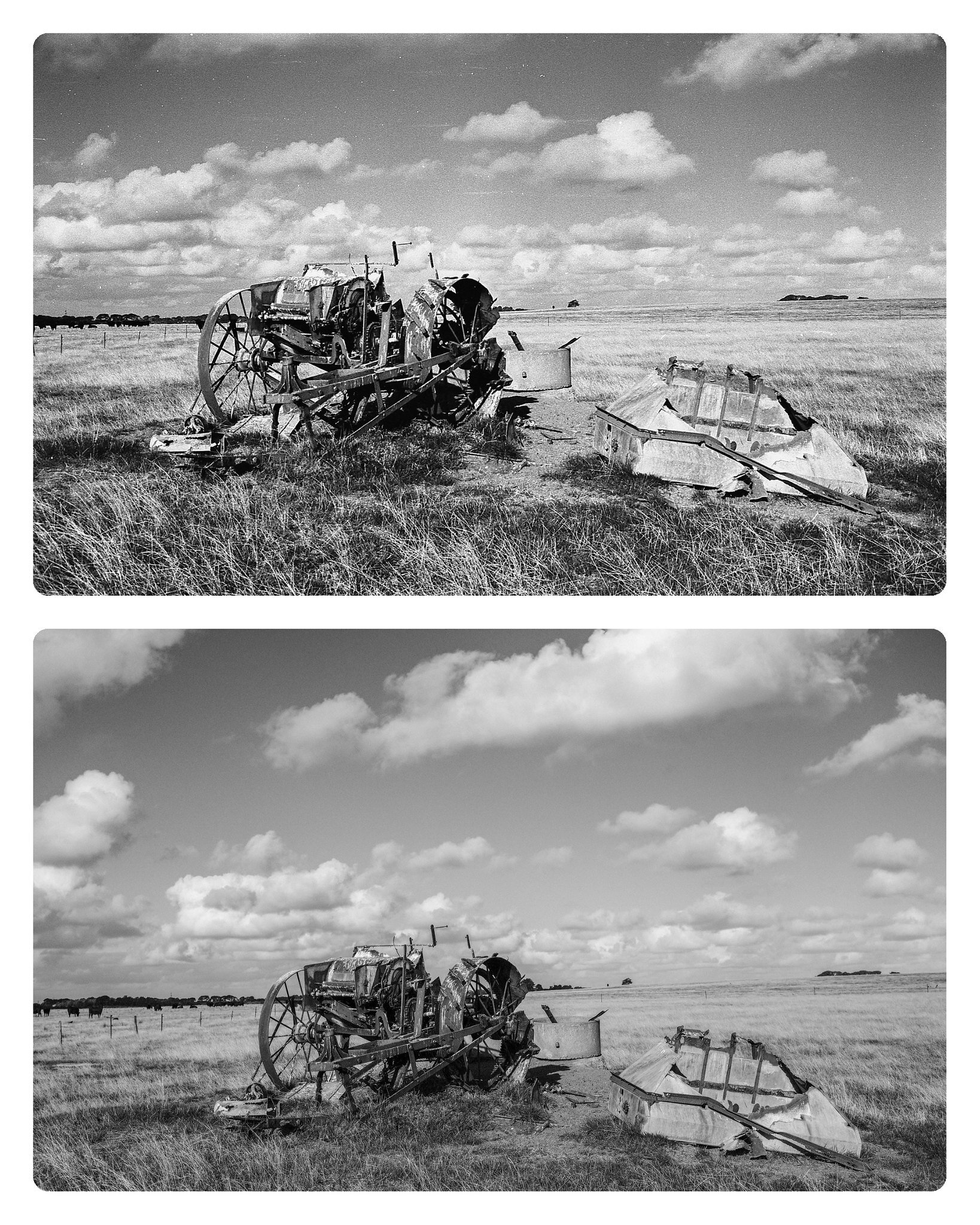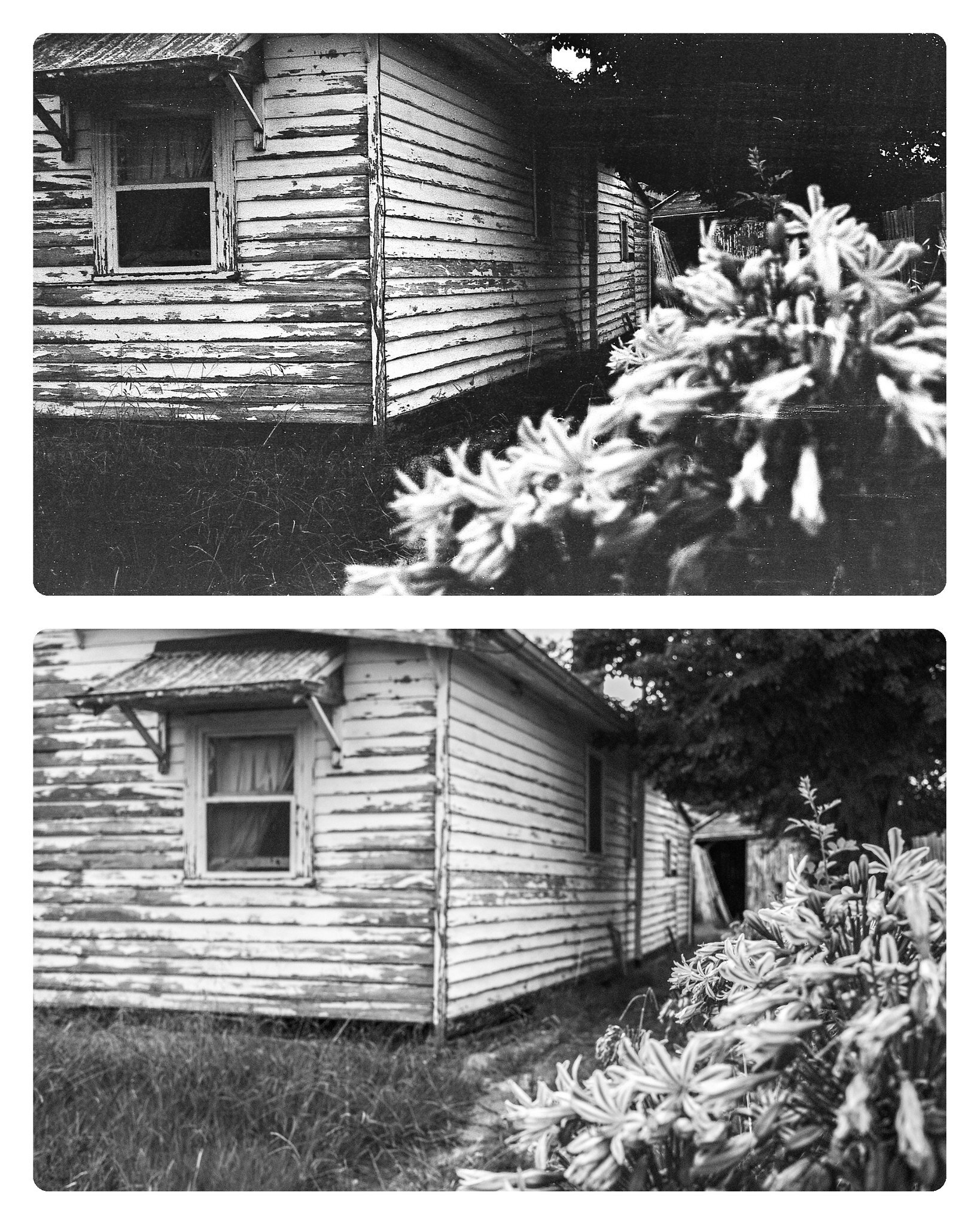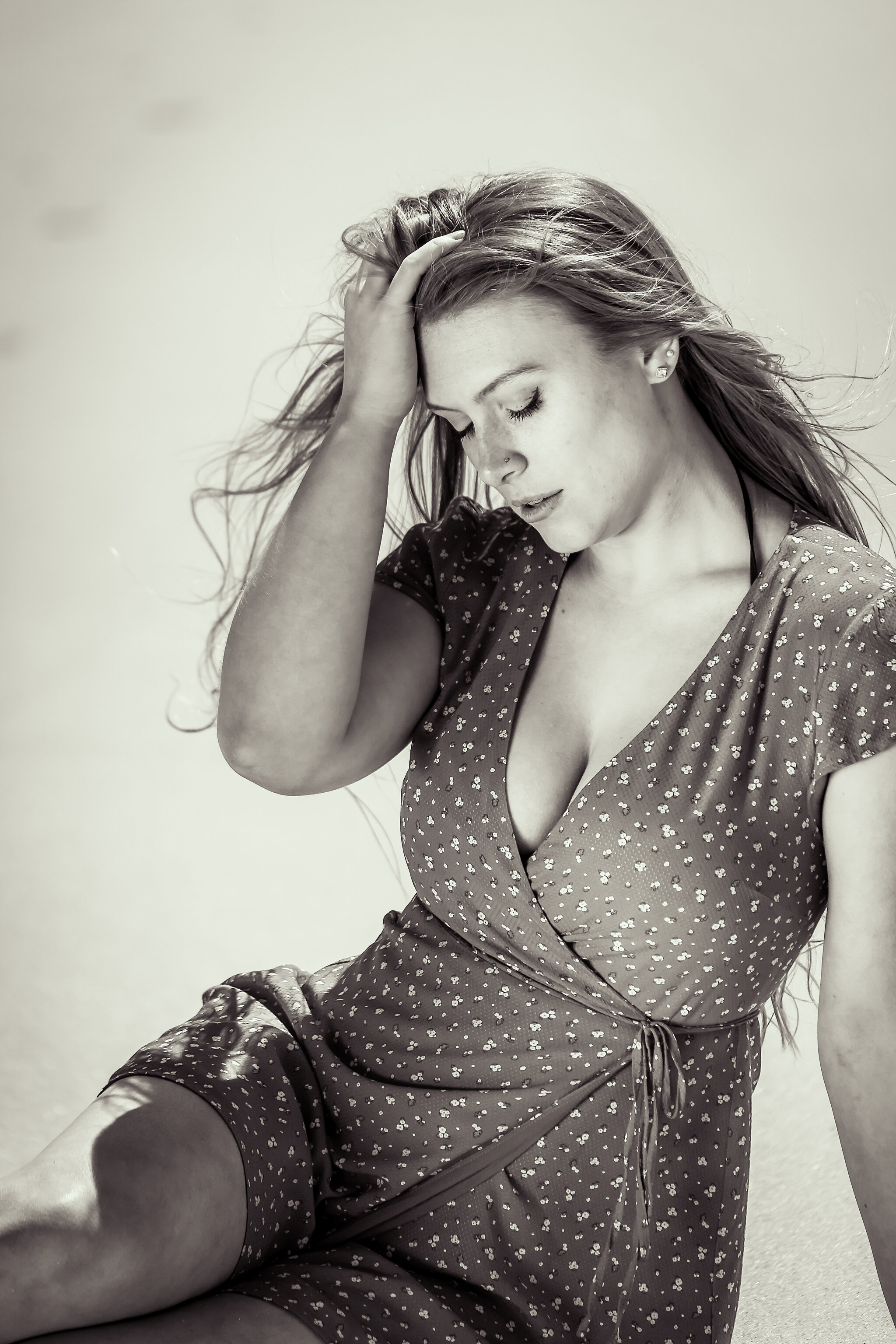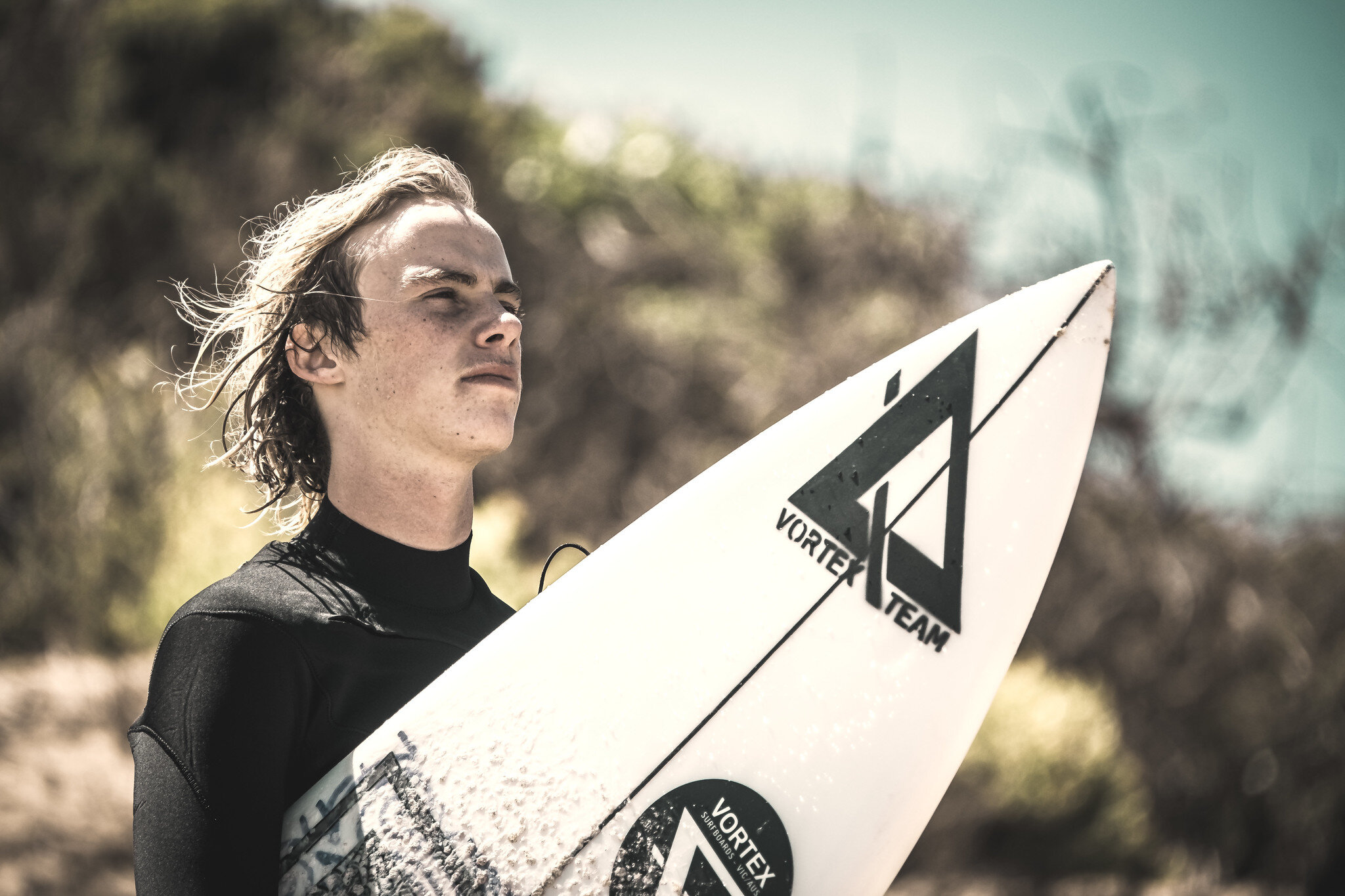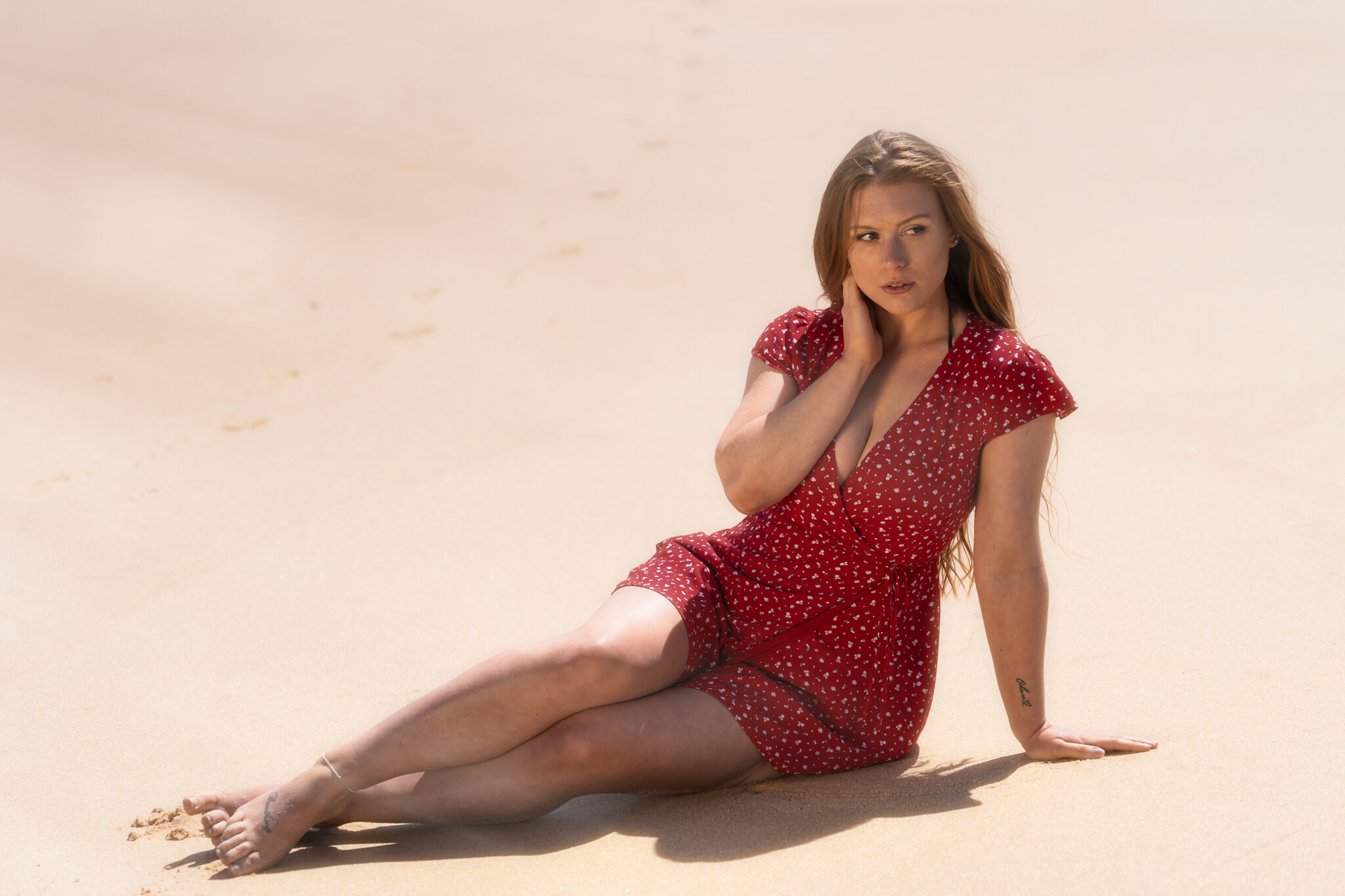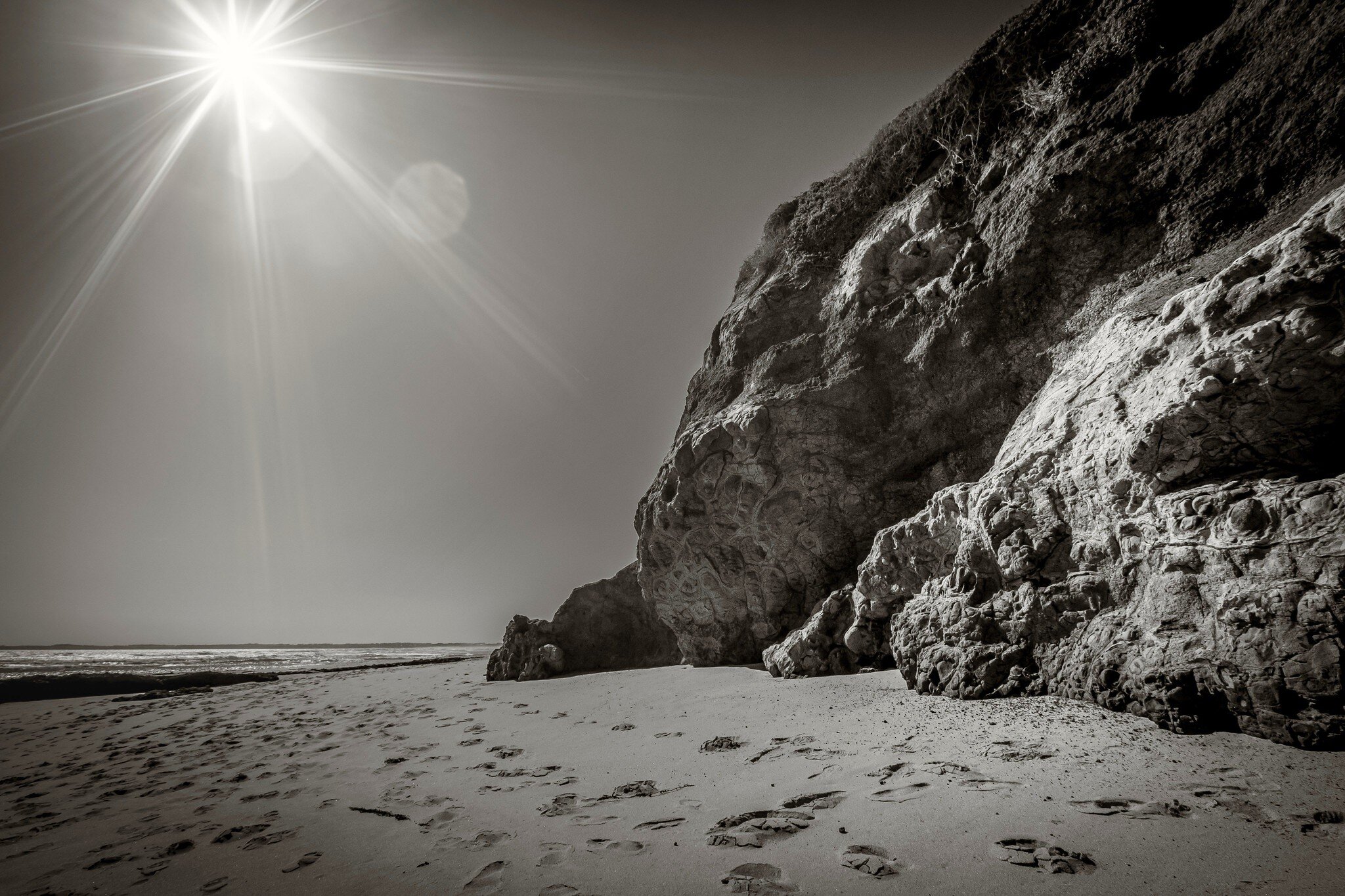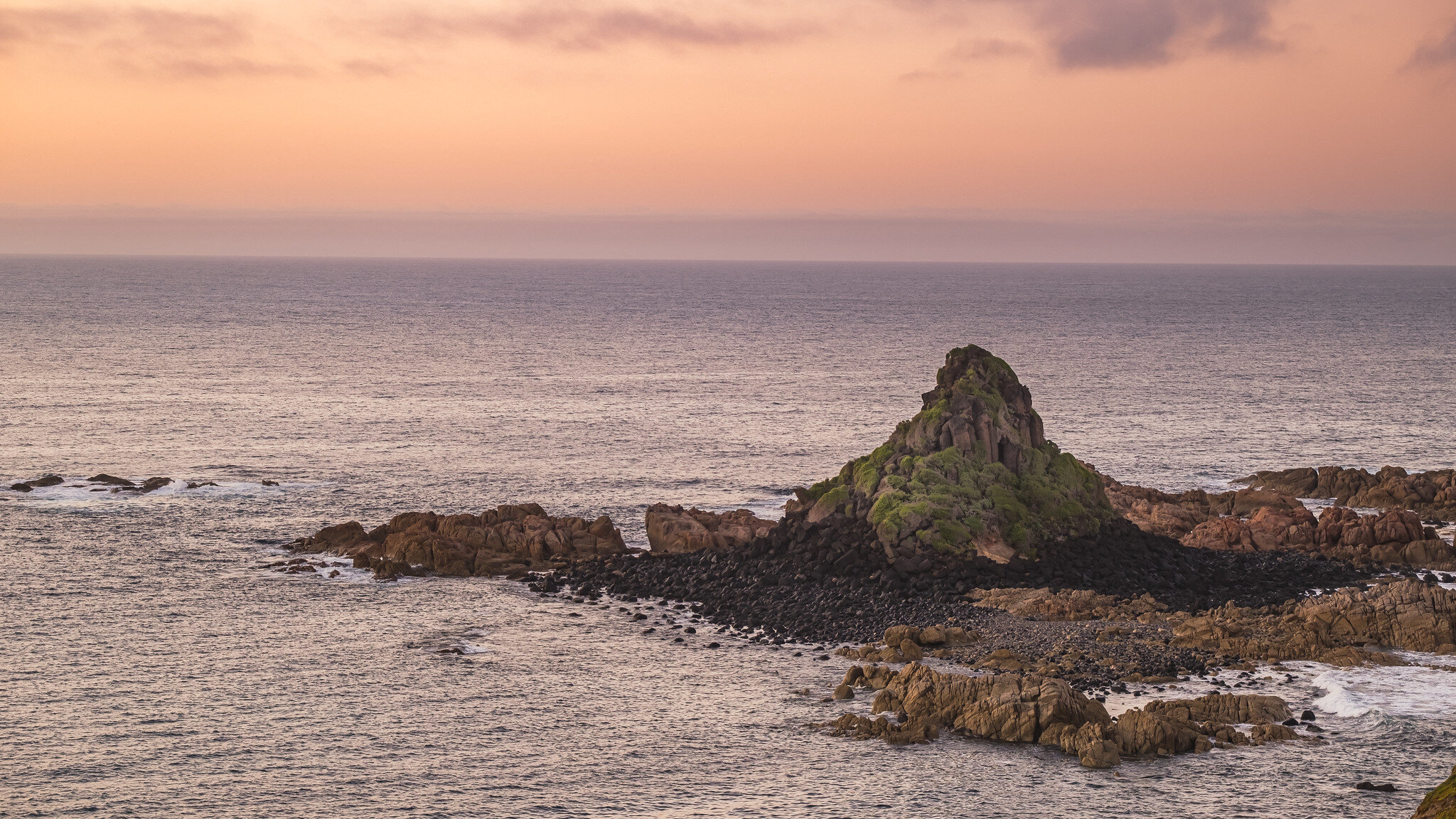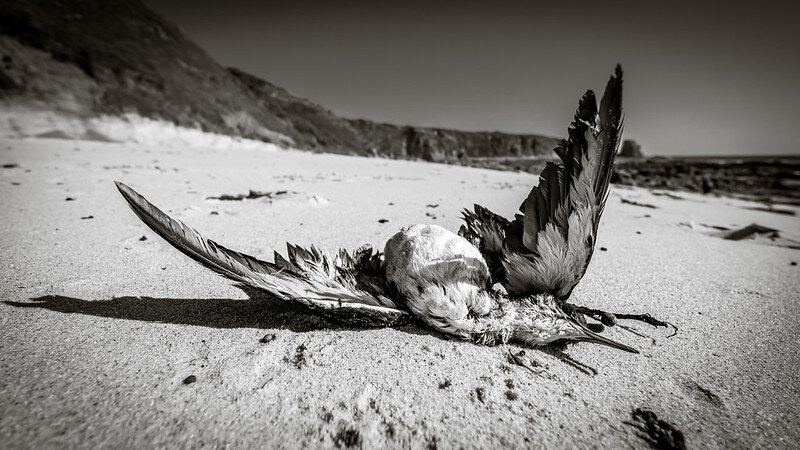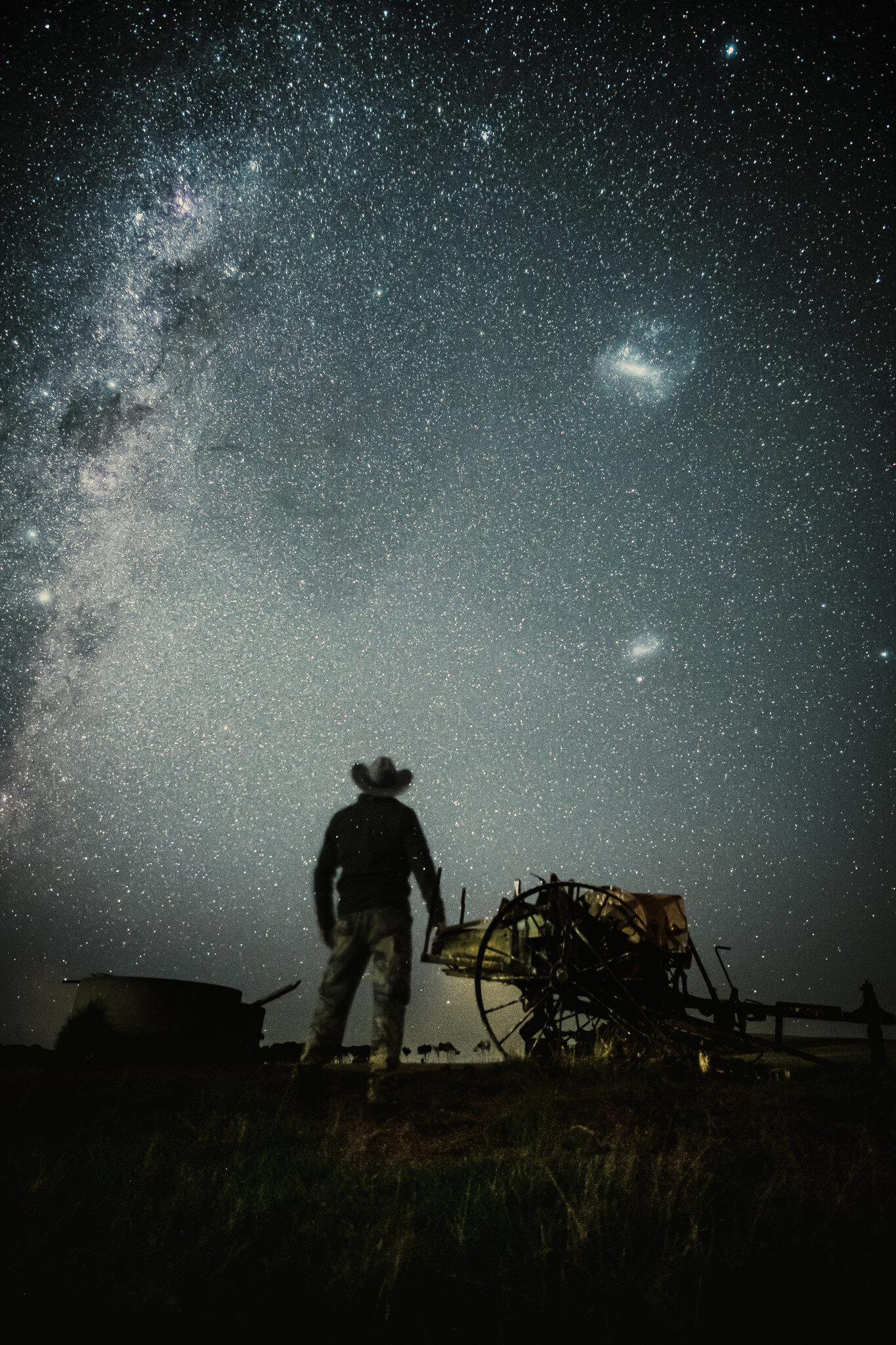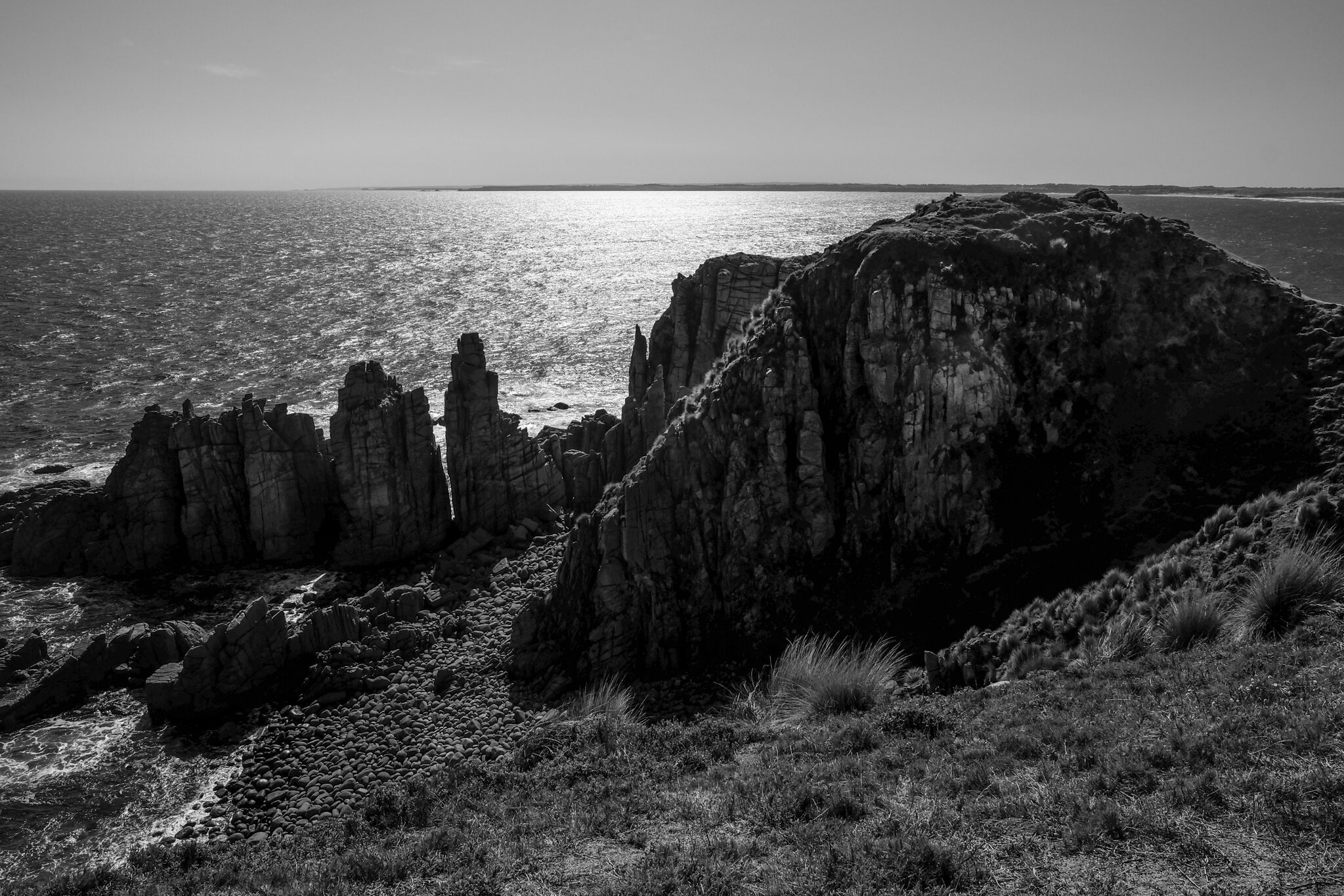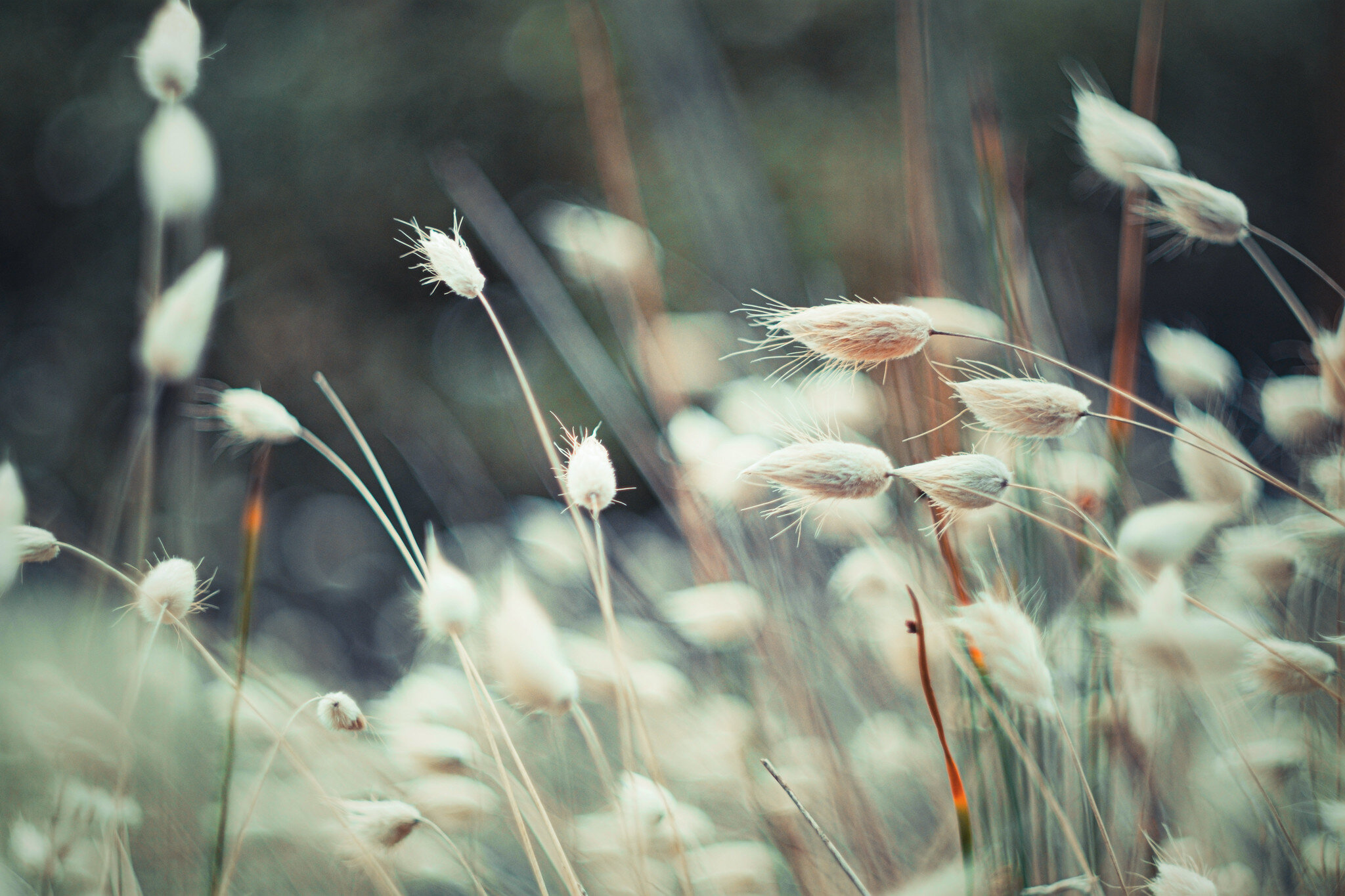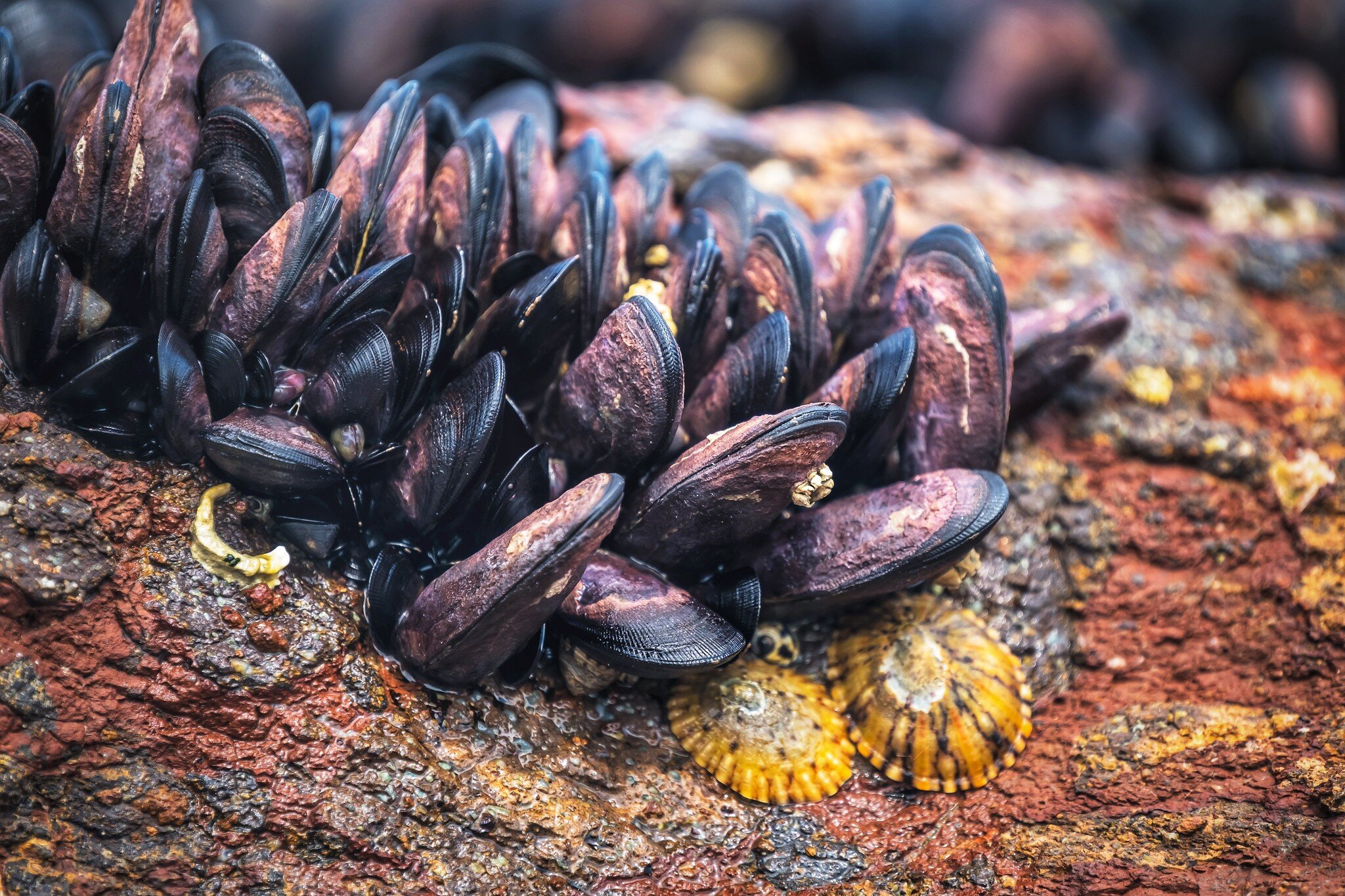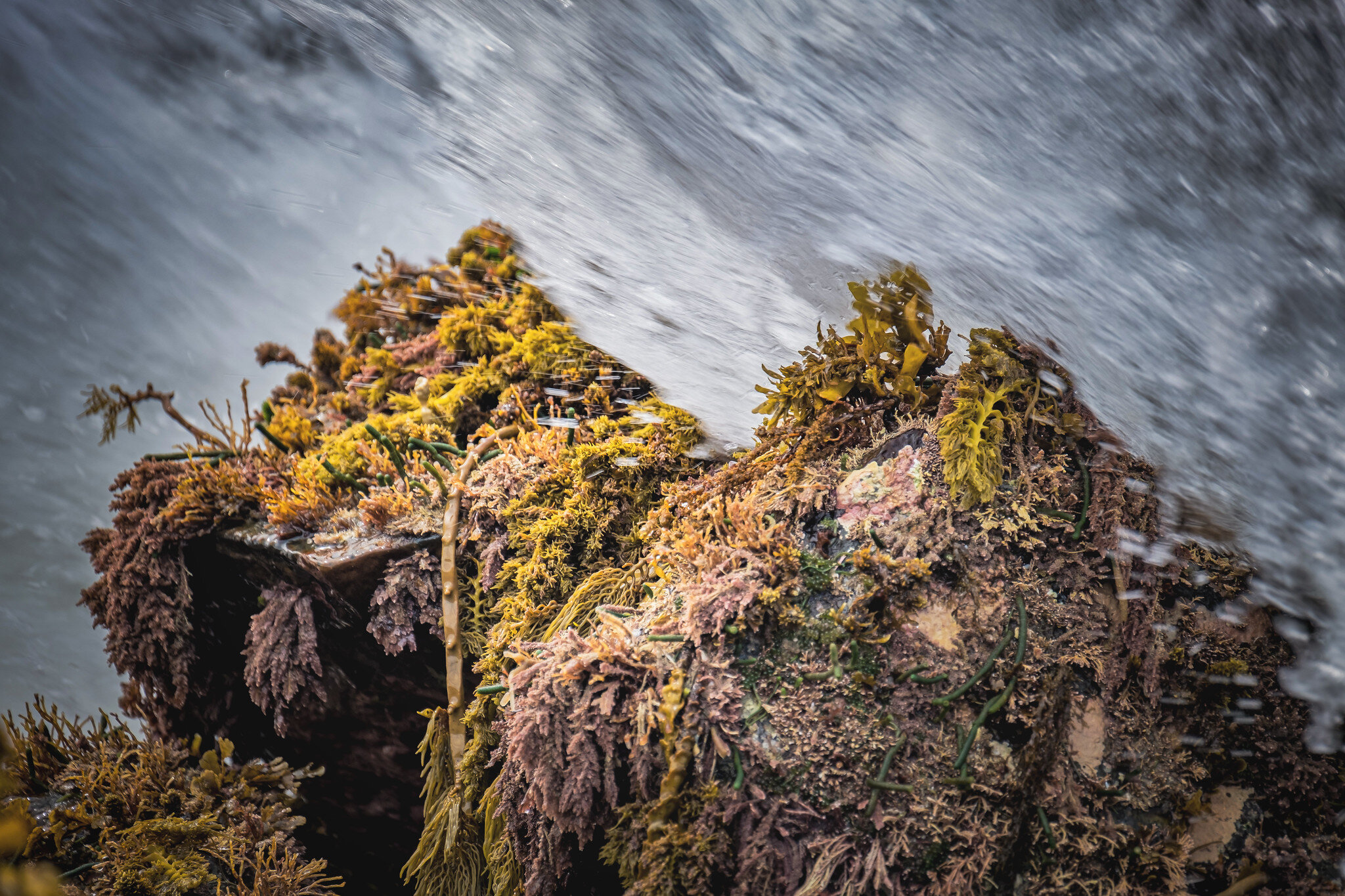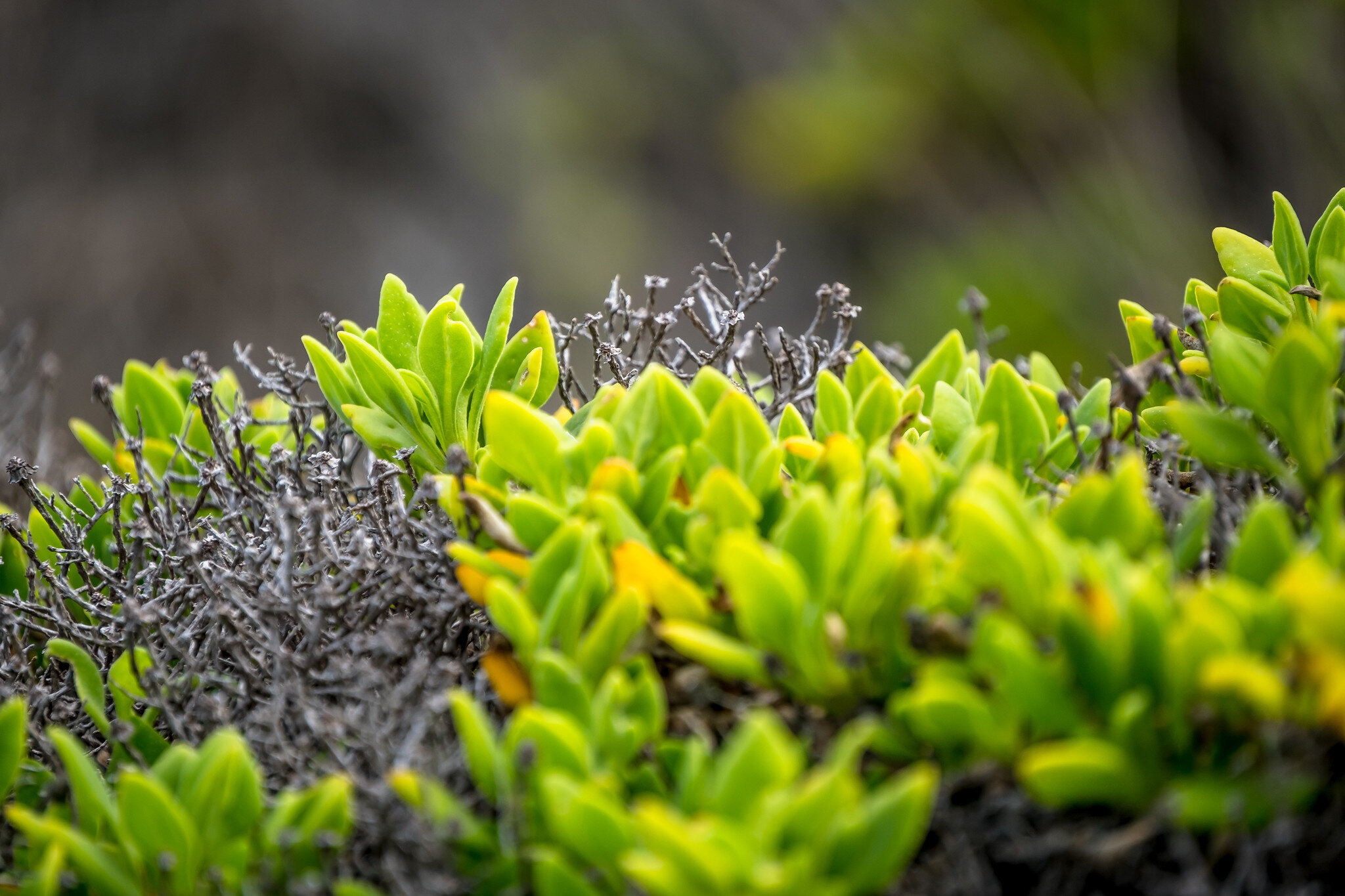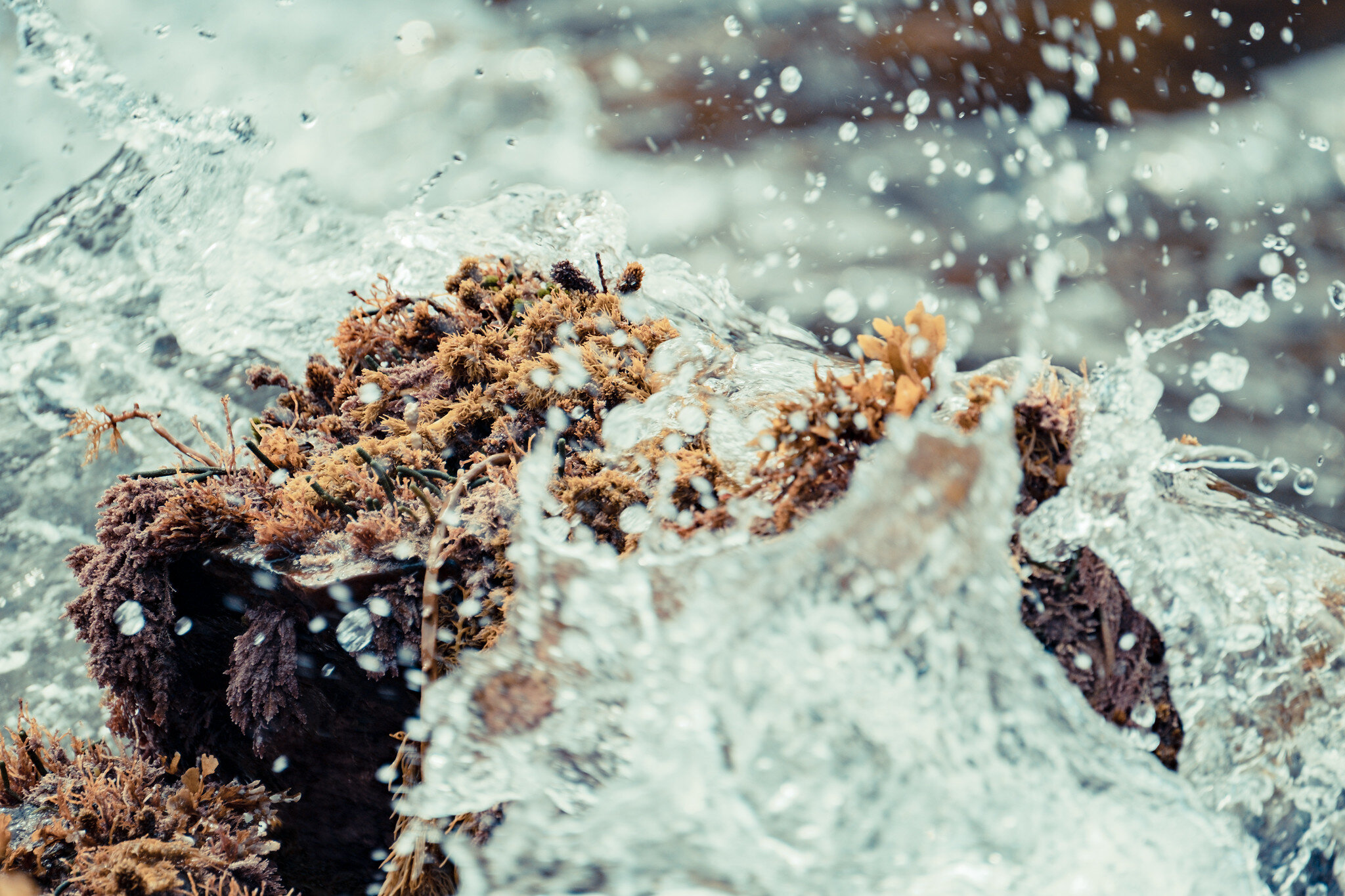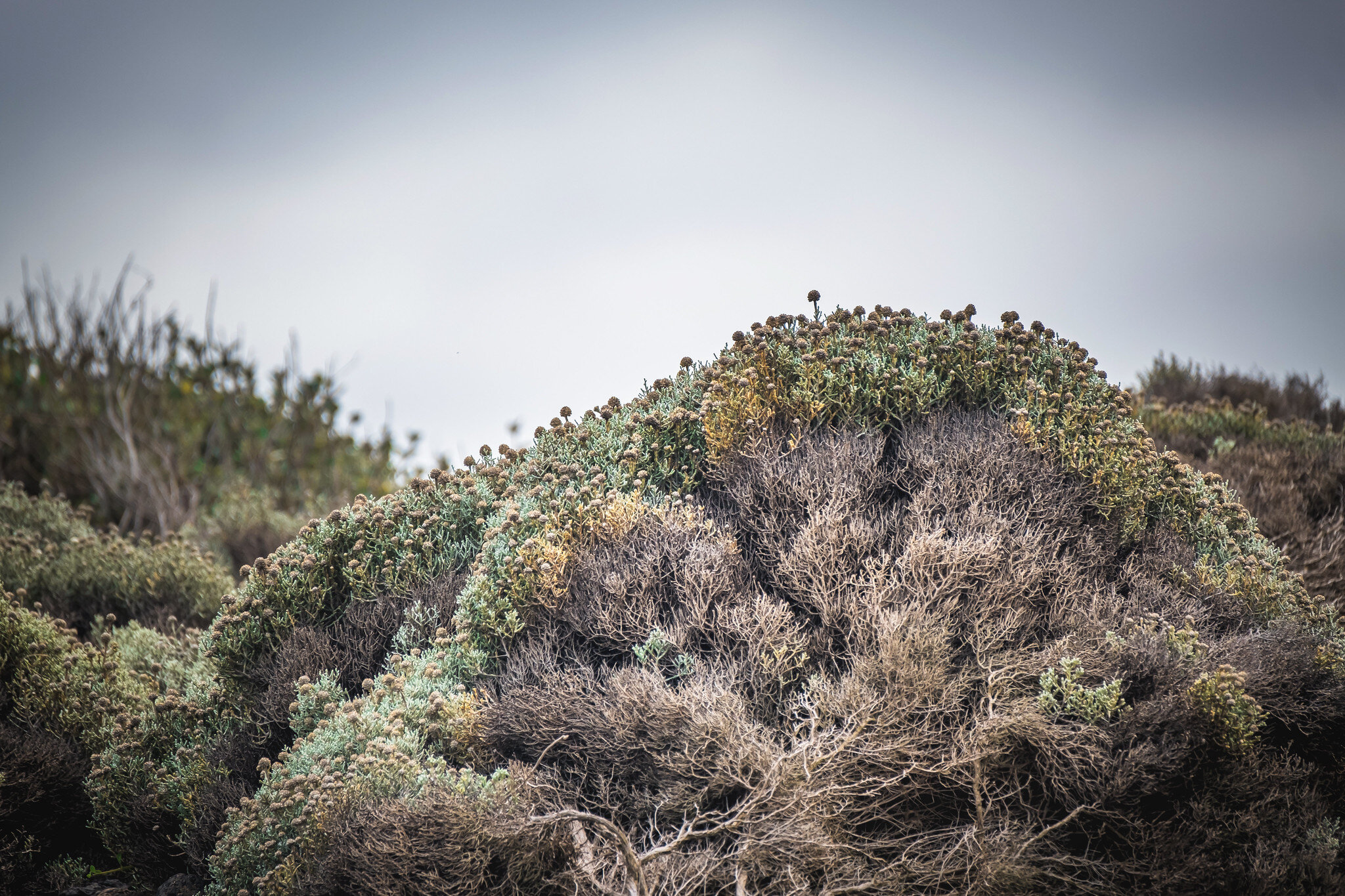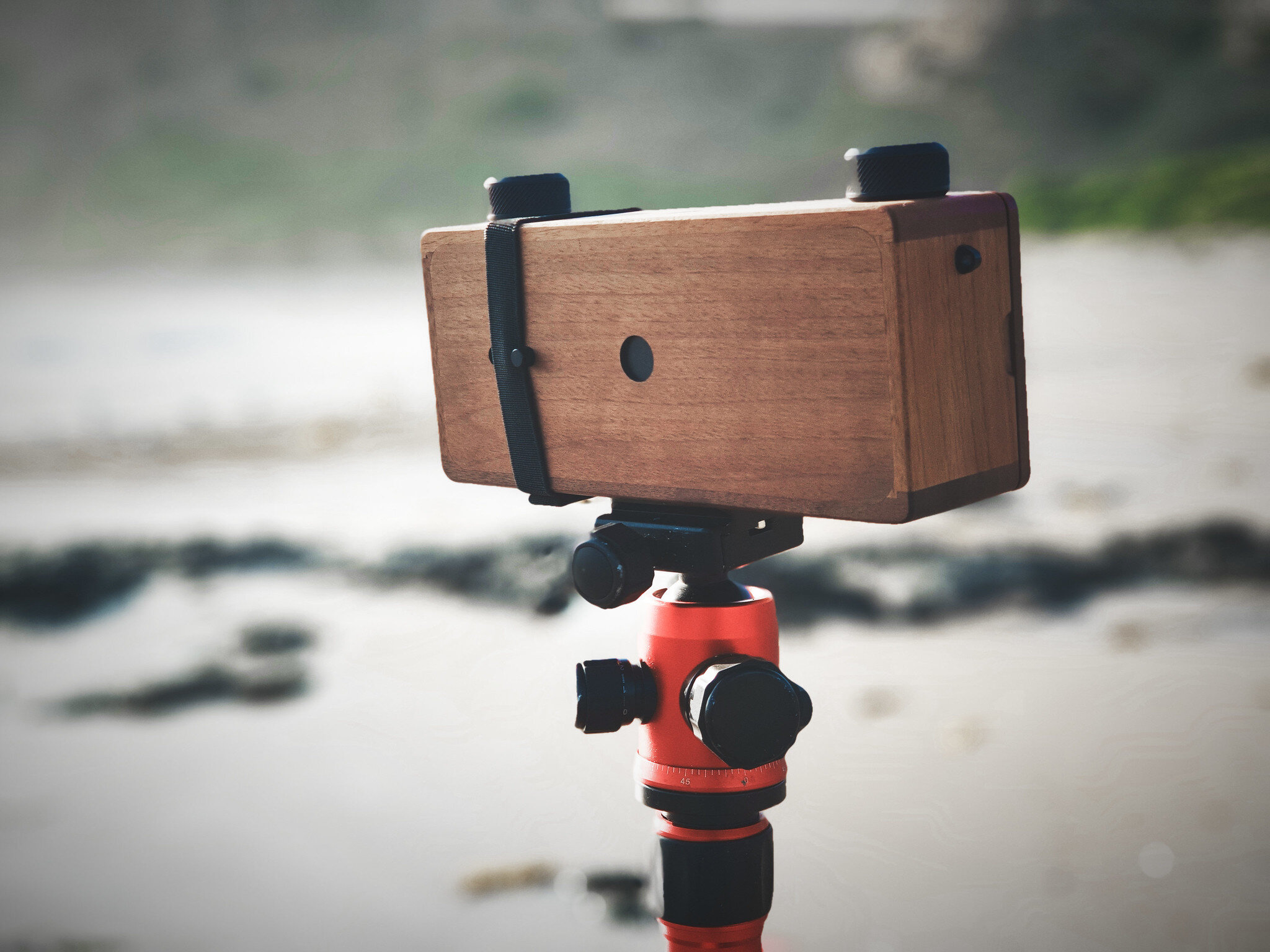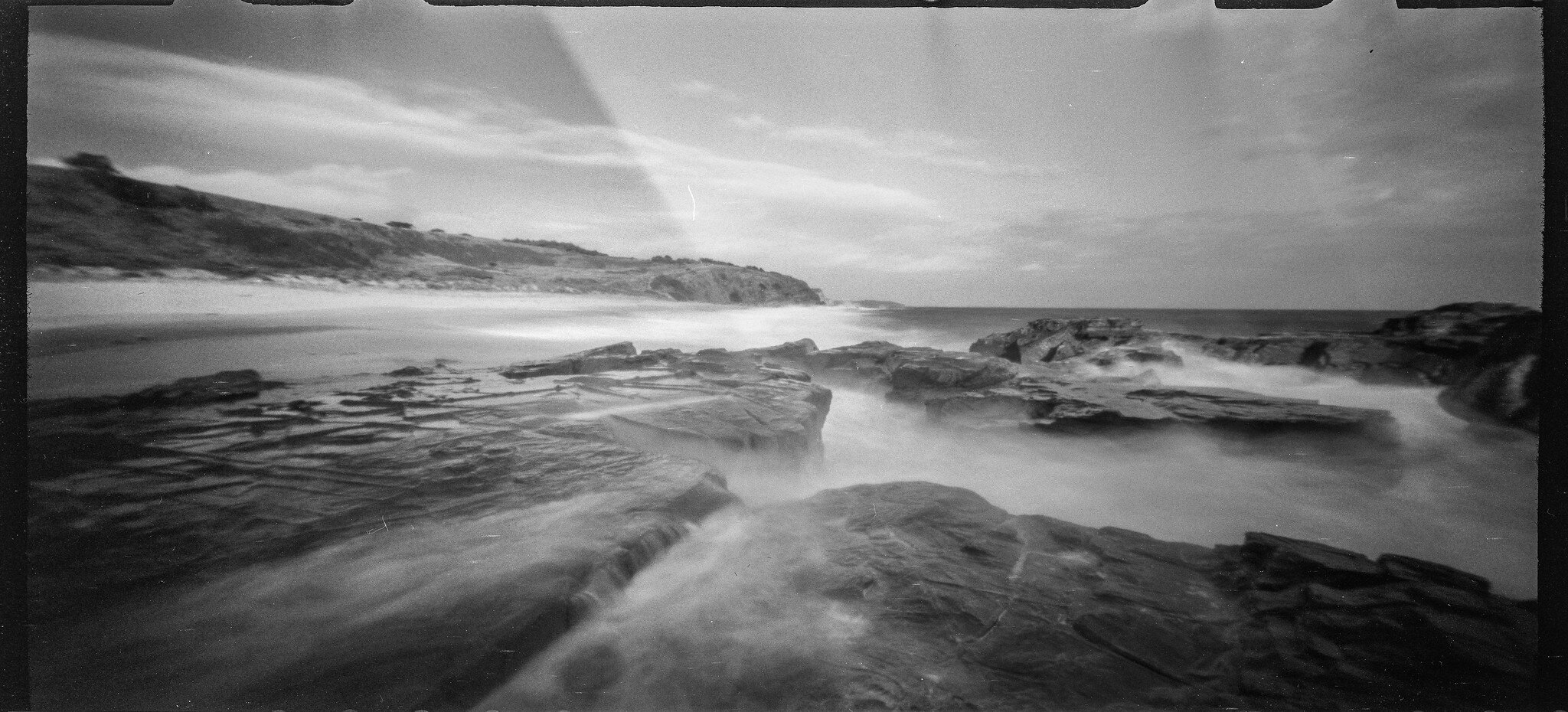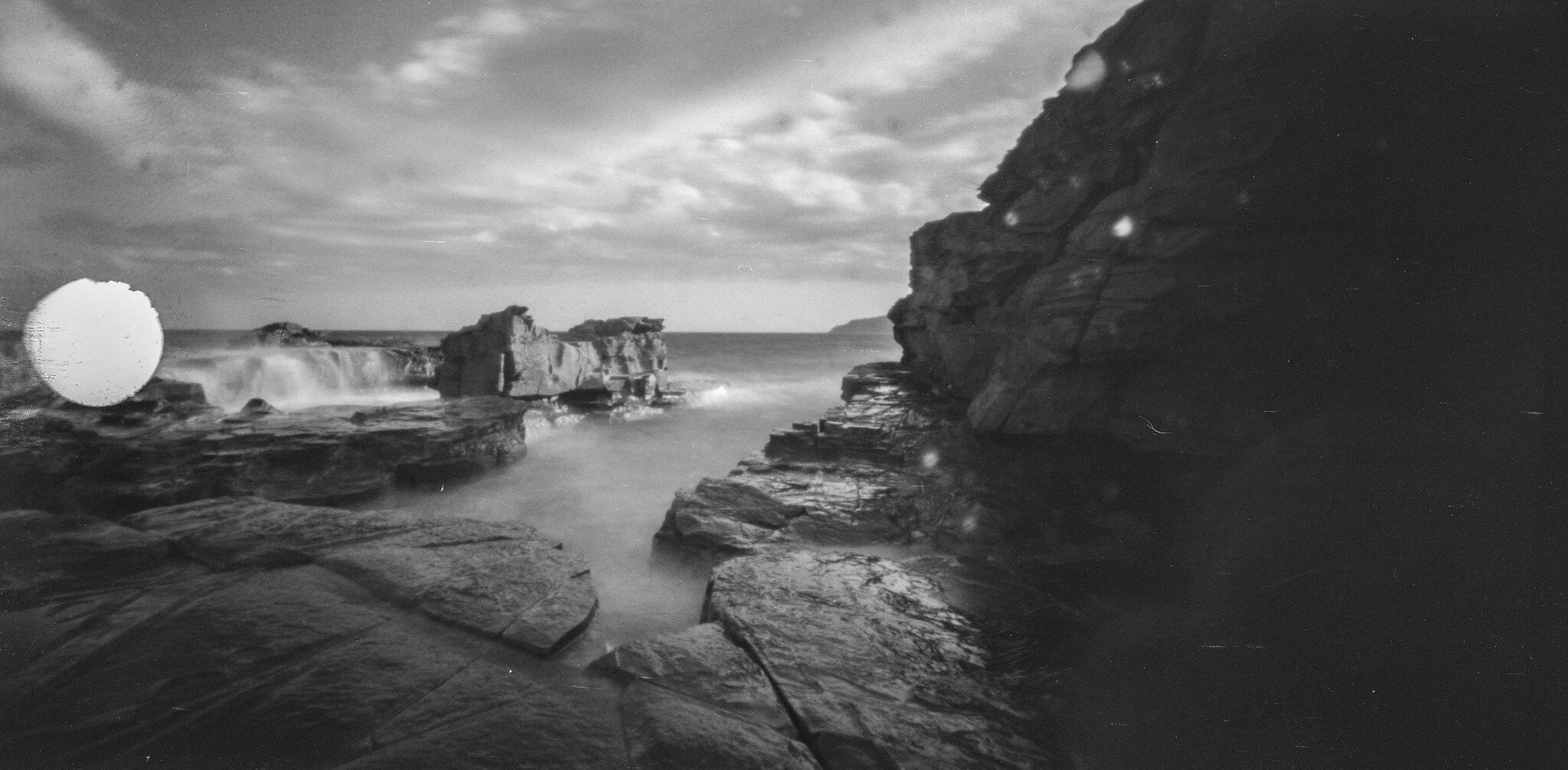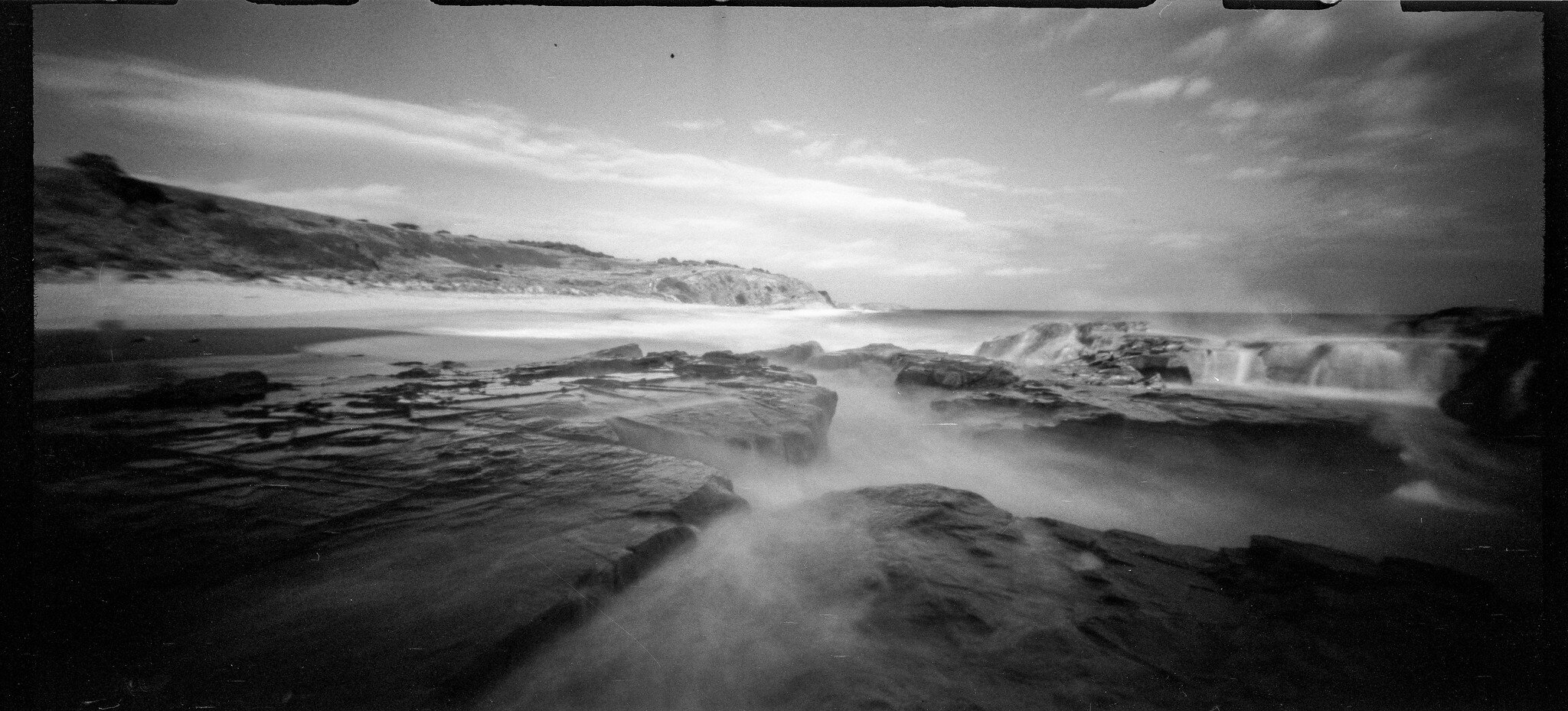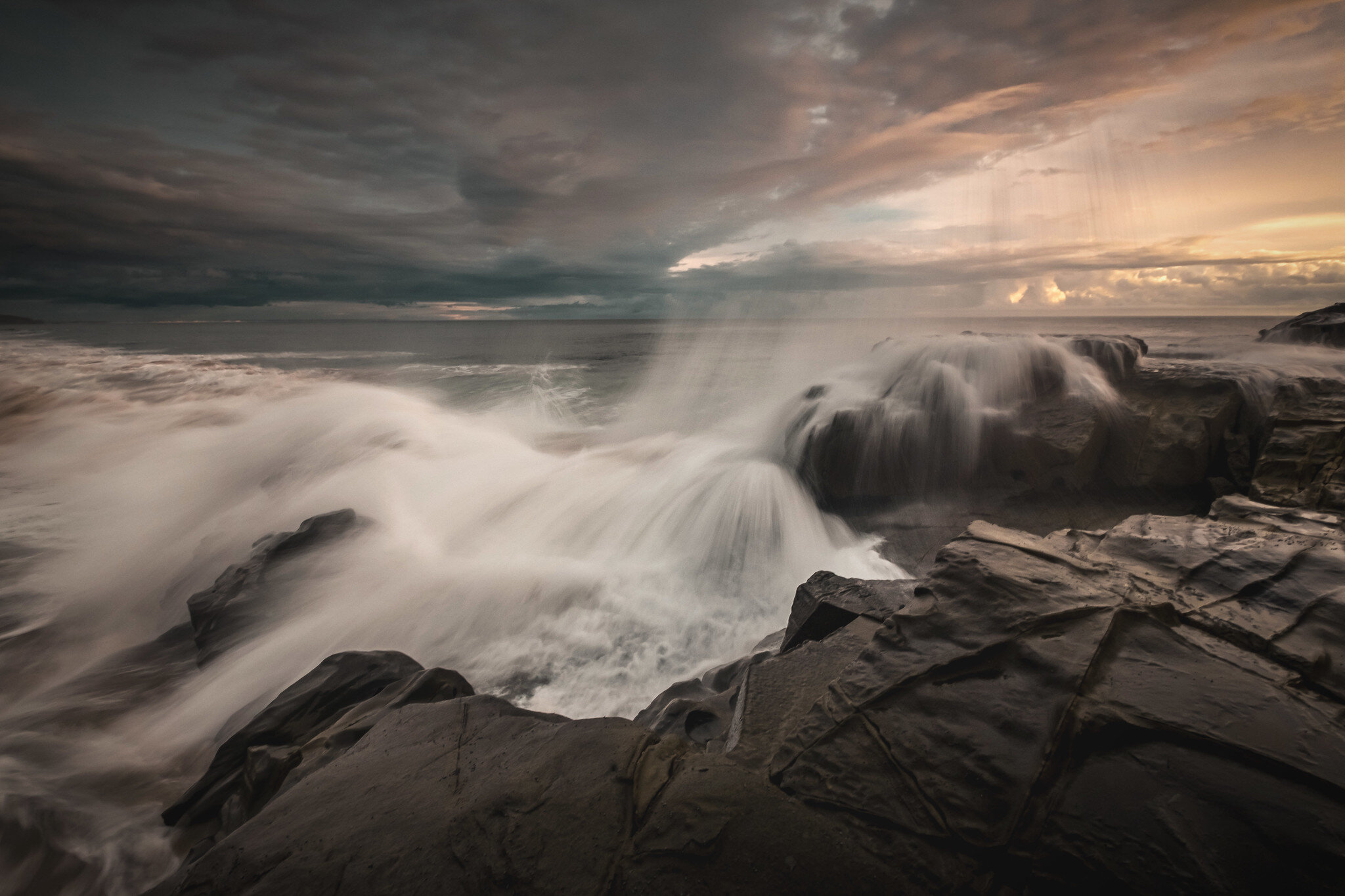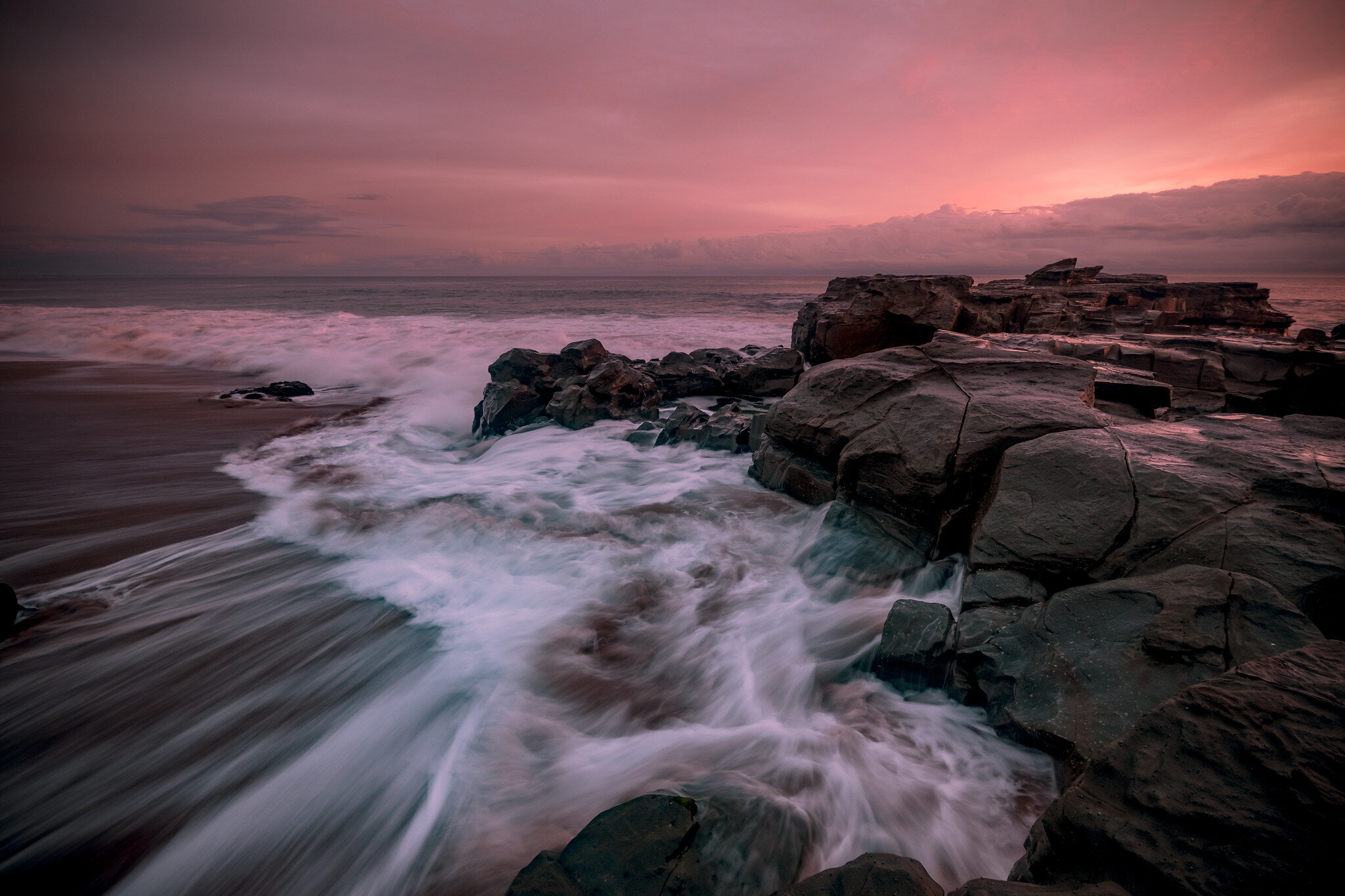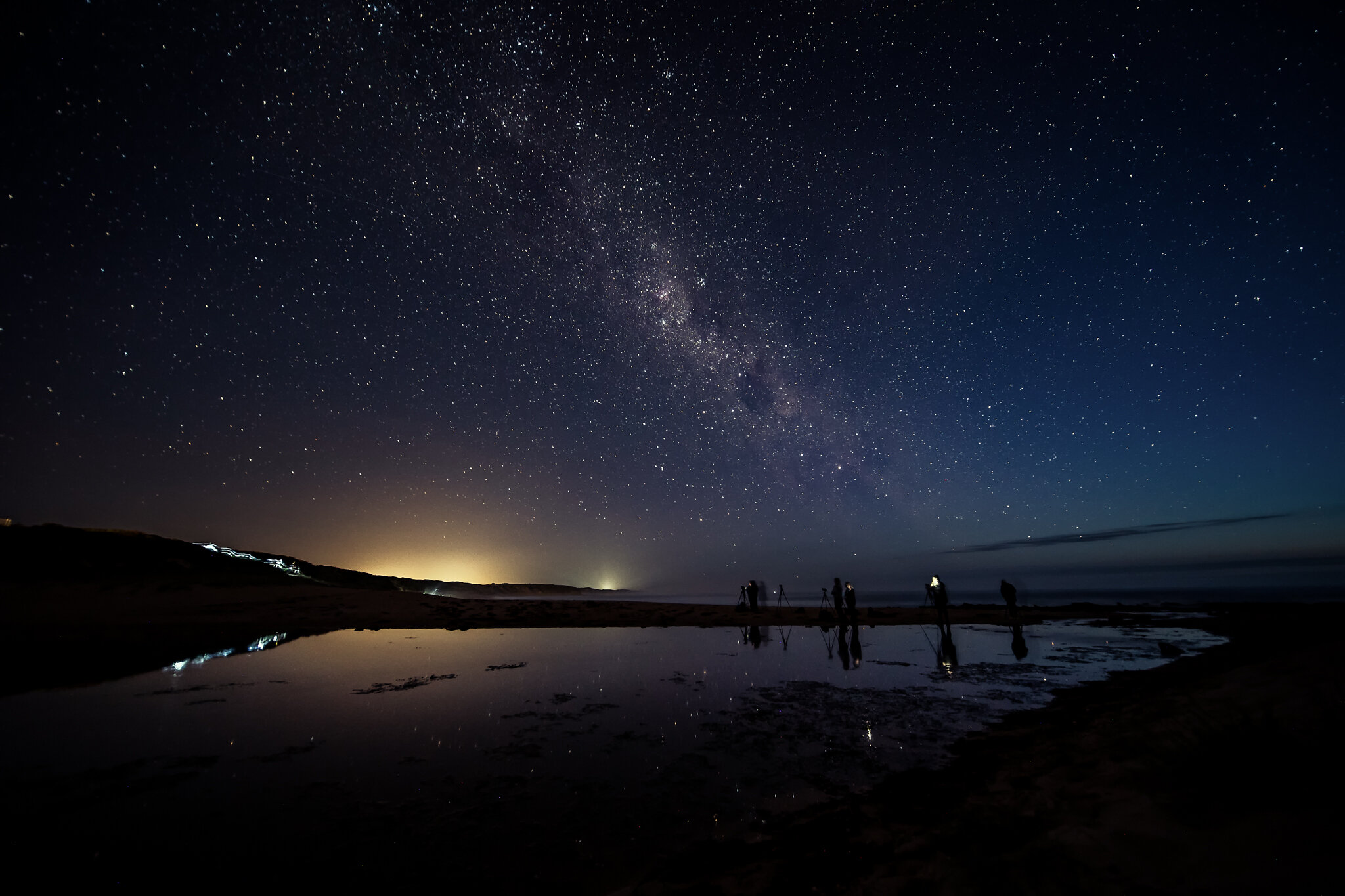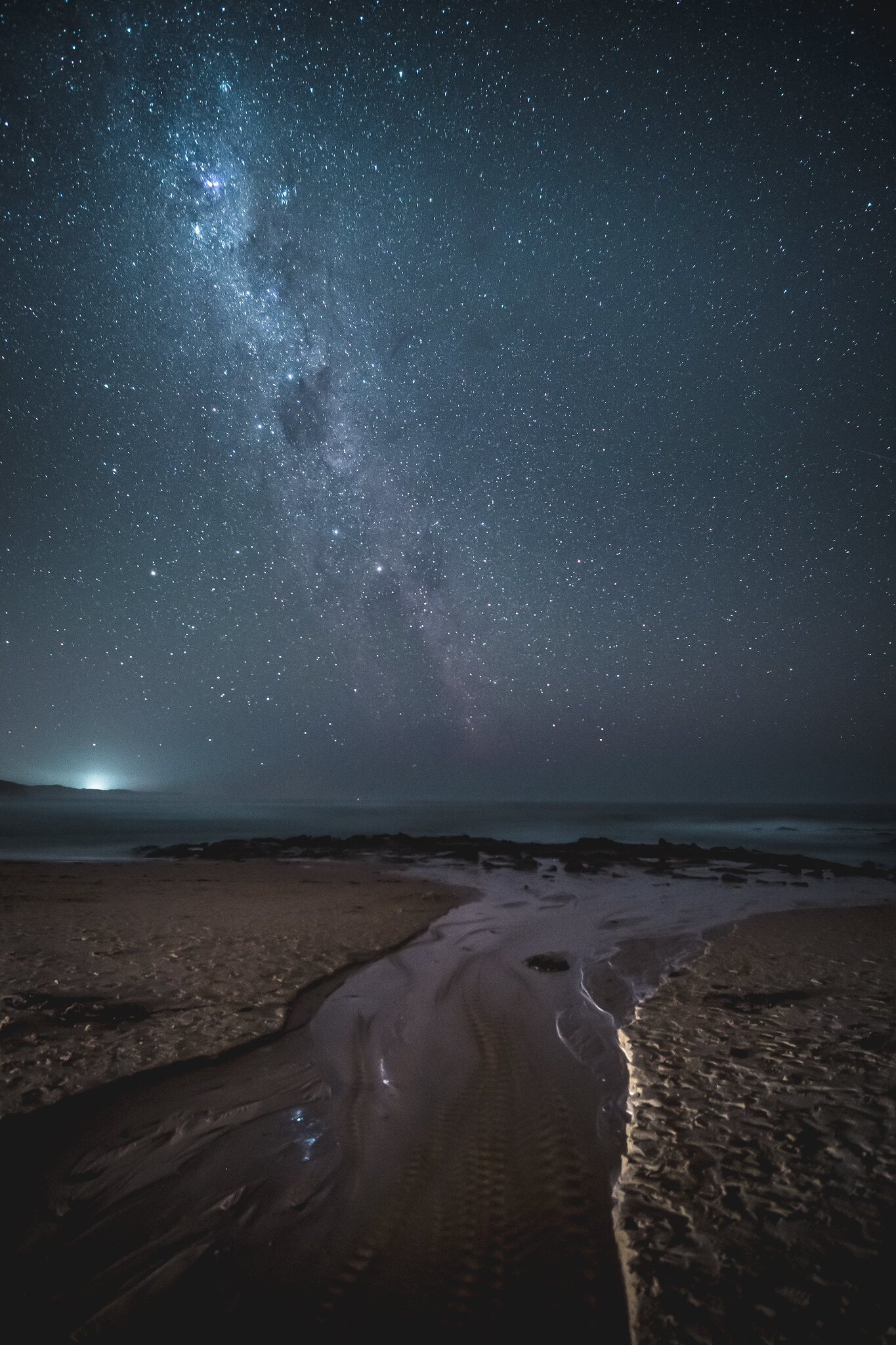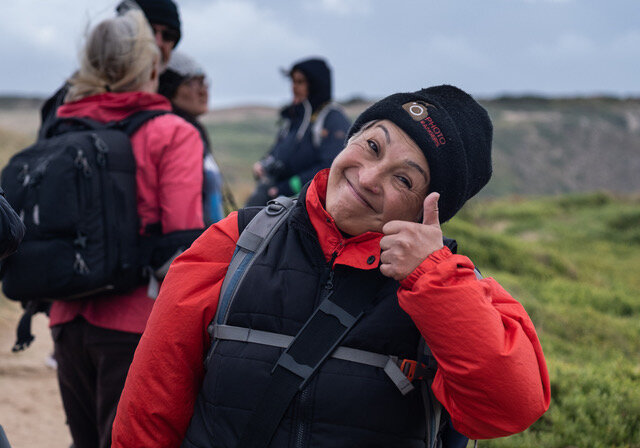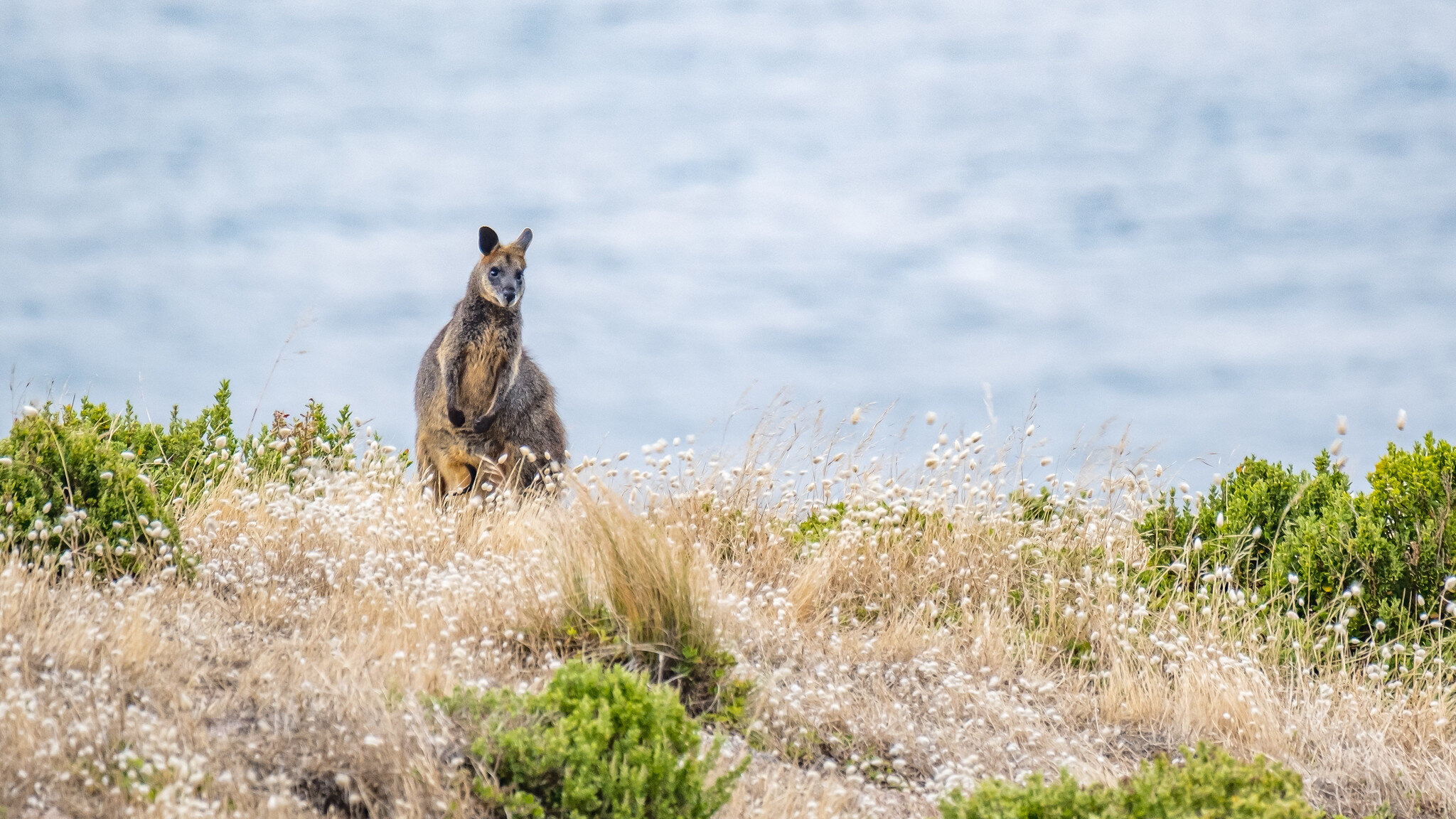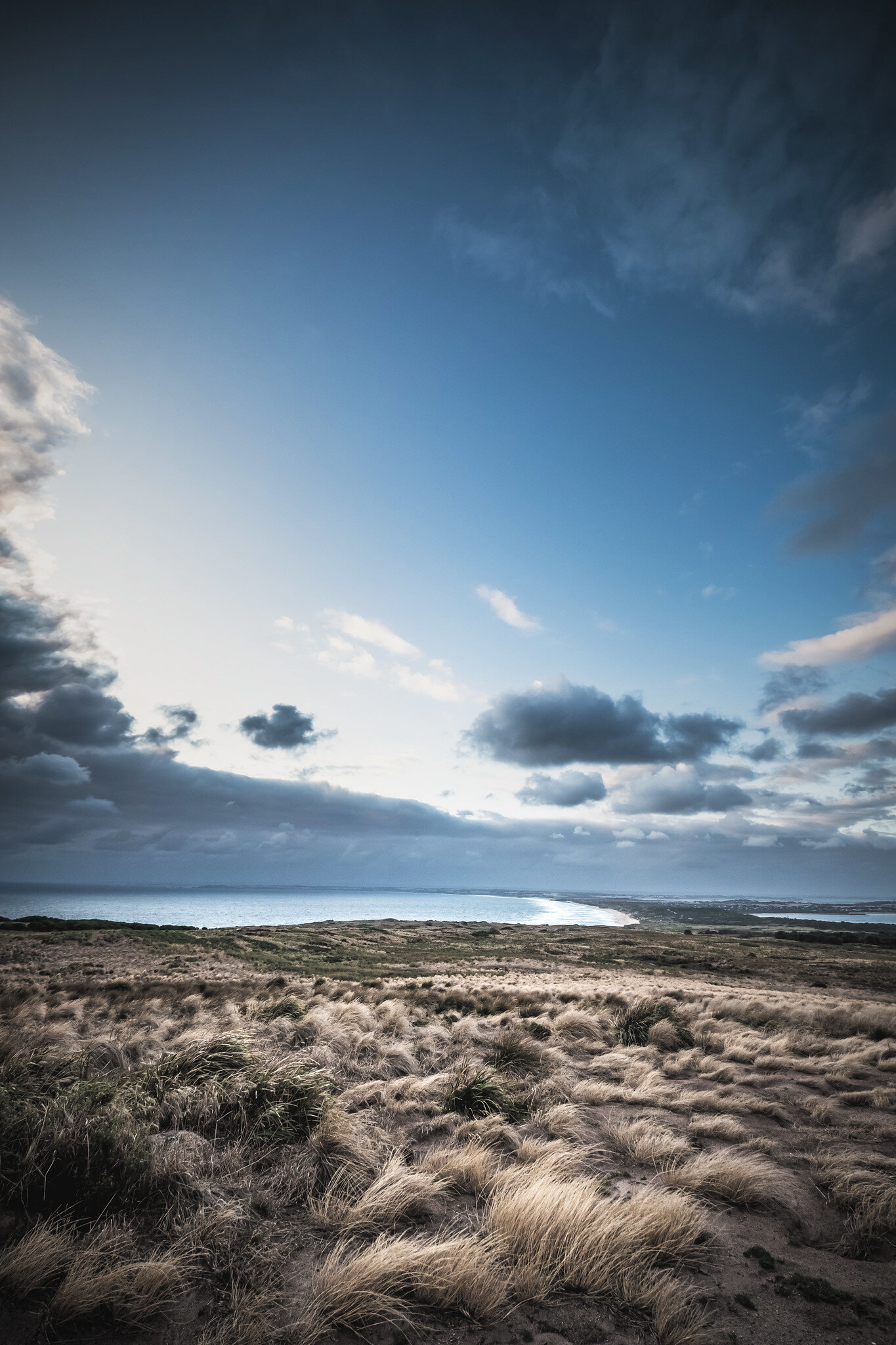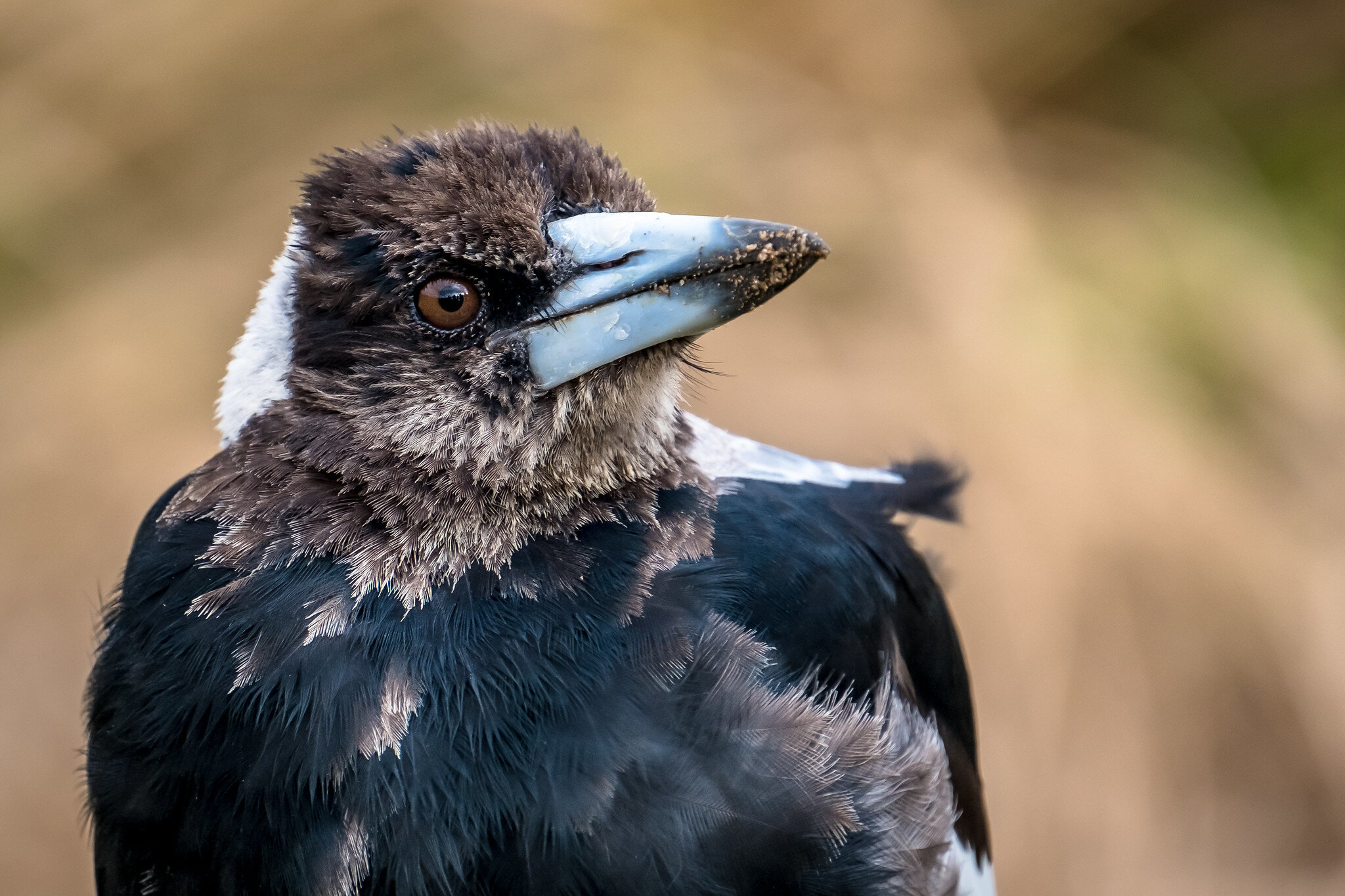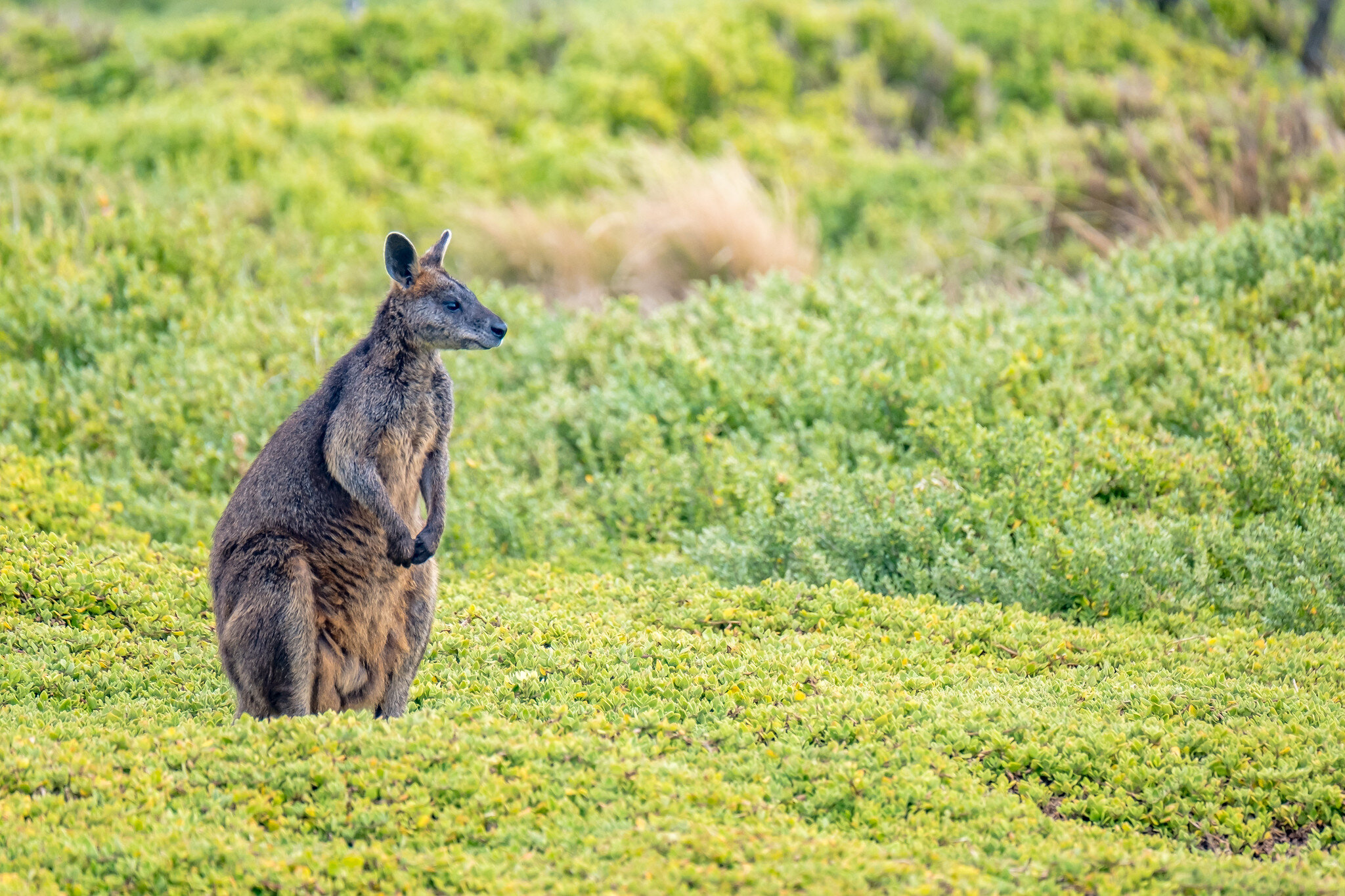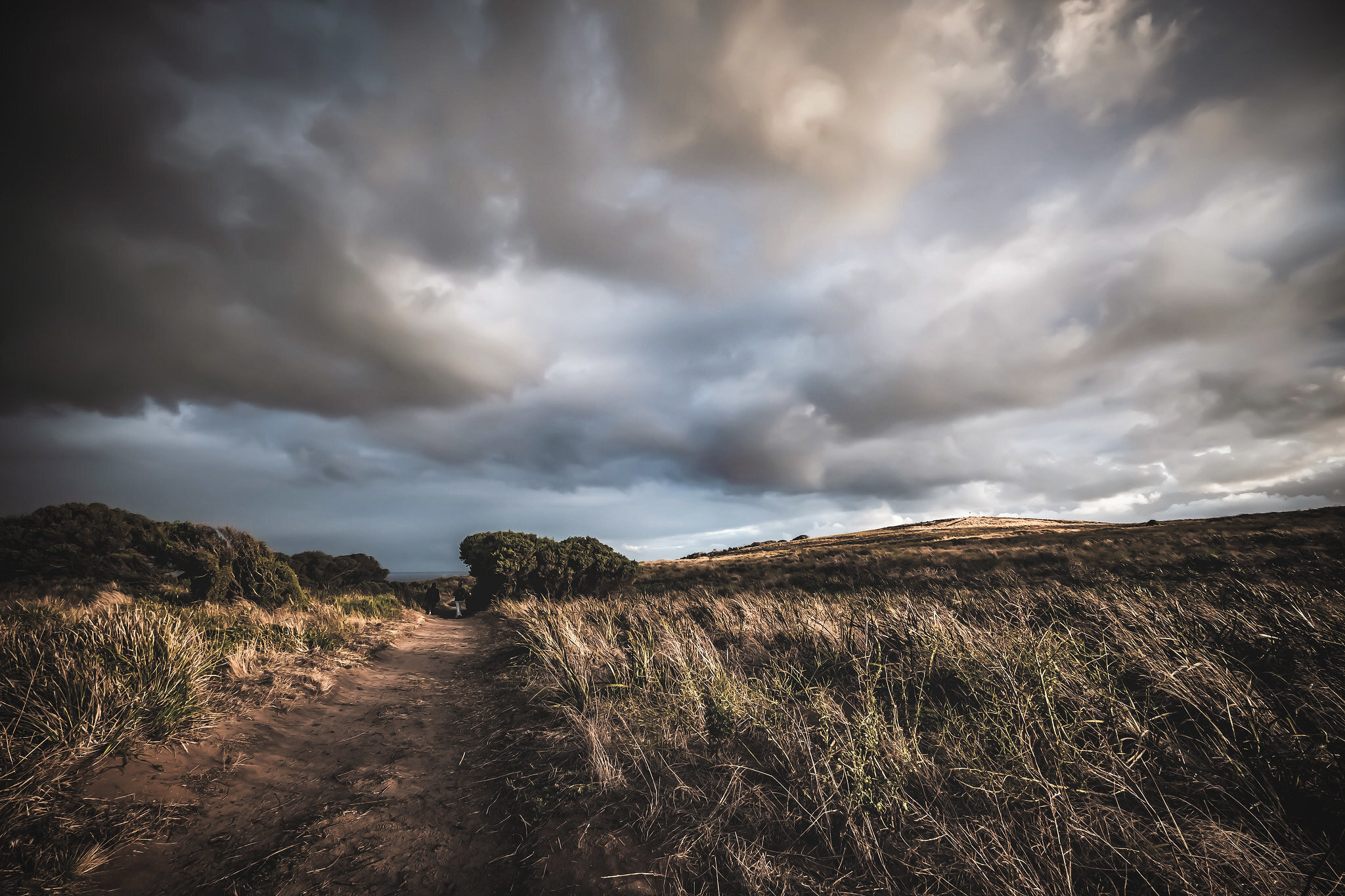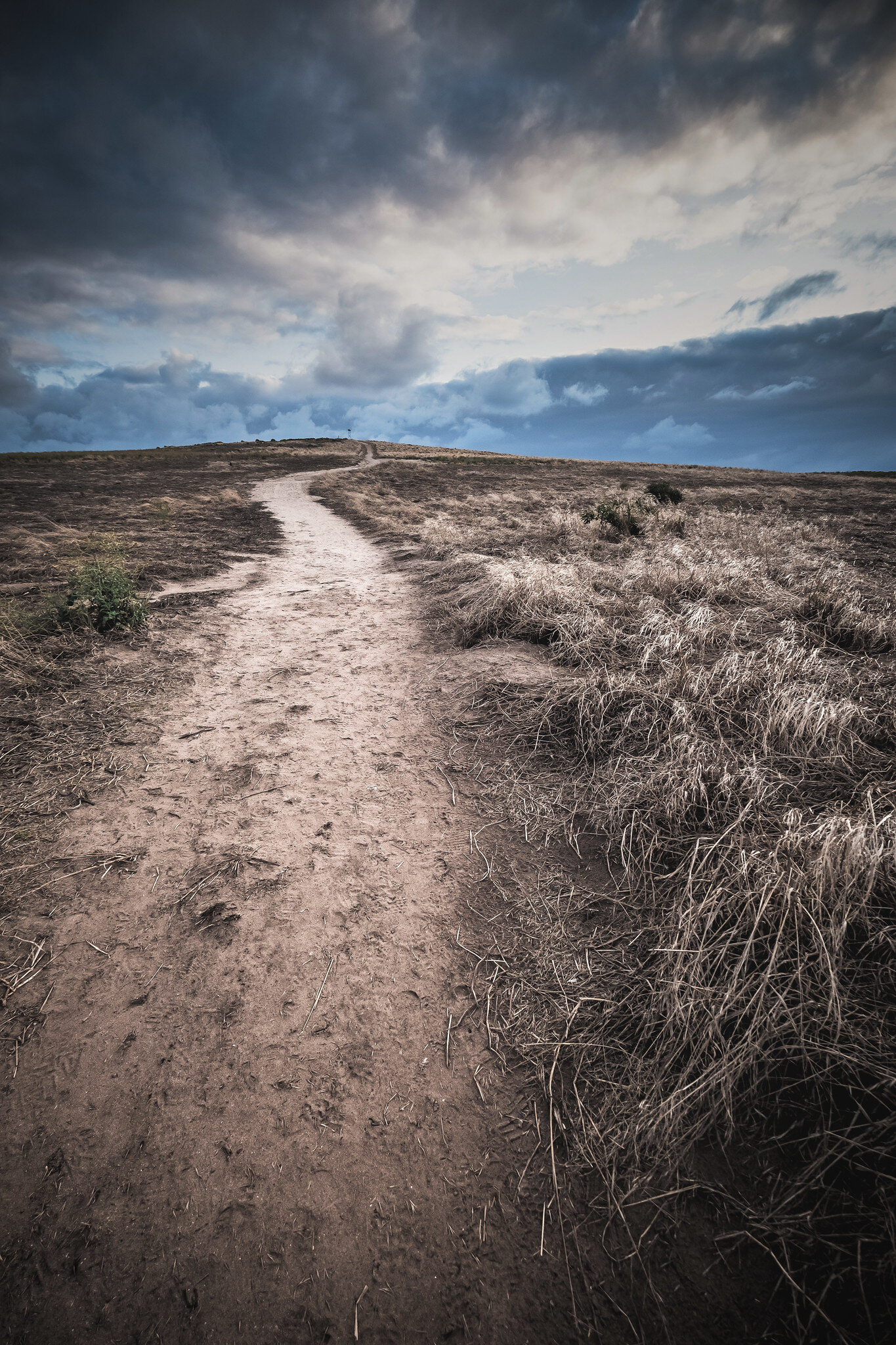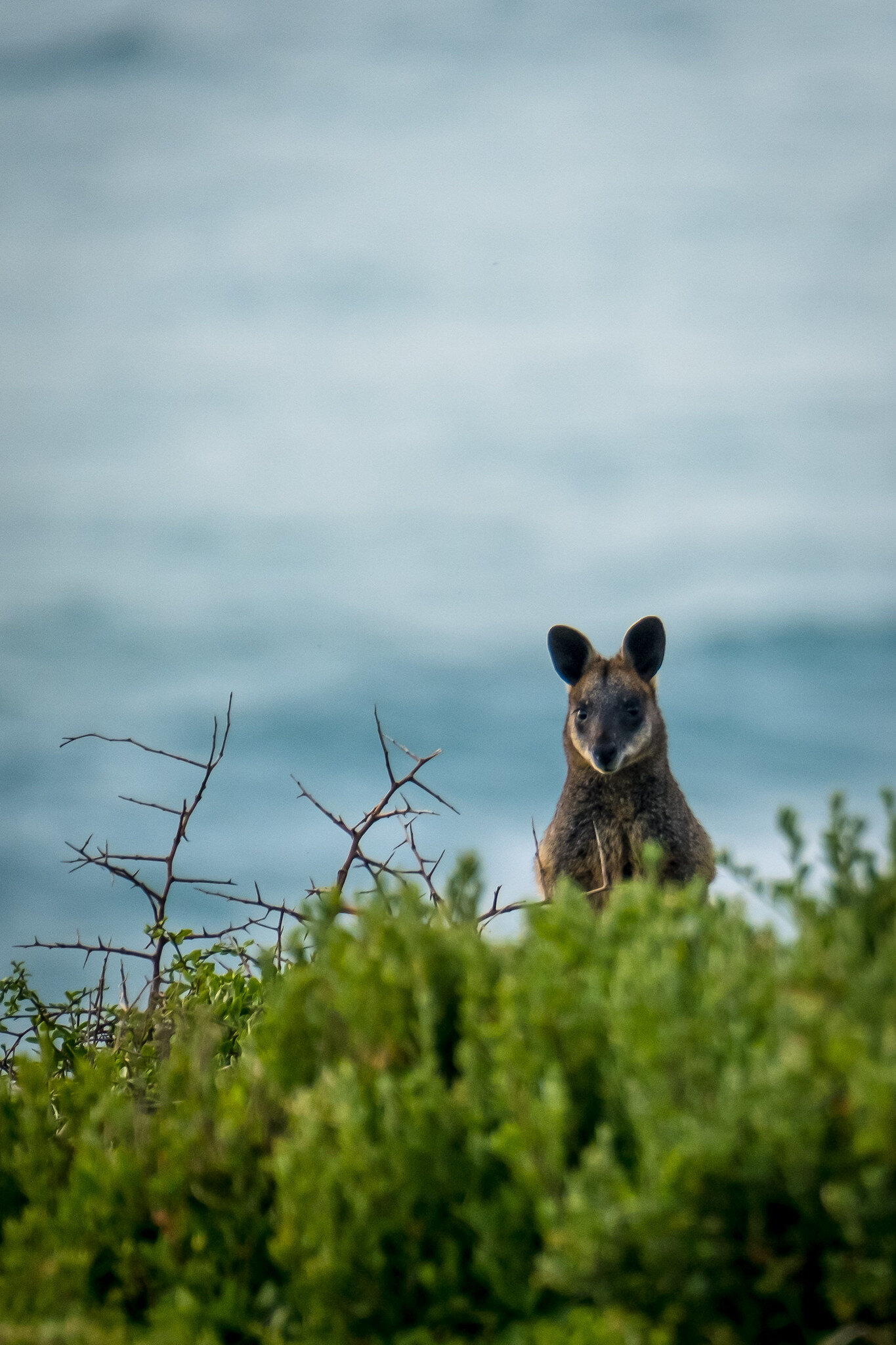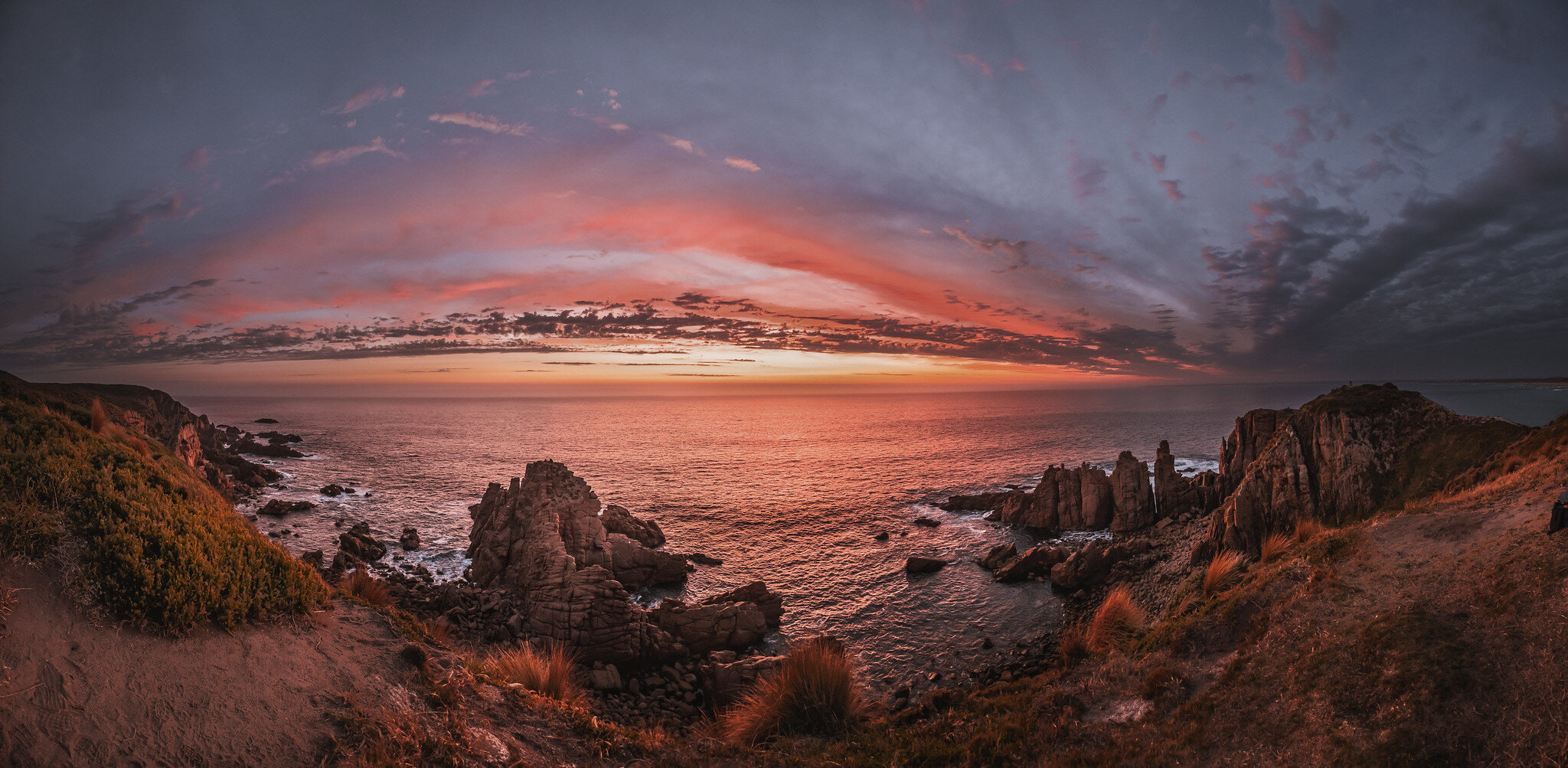Have you ever looked up at the night sky and marvelled at its beauty? The sheer vastness of space and enormity of stars puts me in a mood to ponder and reflect on our own existence in the universe. It’s possible to capture this awe inspiring scene on basic camera equipment and get an even better view of the cosmos than what is possible to see with the naked eye. Did you know the stars rotate in the sky throughout the night? Did you know the Milky Way is only visible during certain months of the year? Did you know that you can sometimes see the Southern Aurora, Aurora Australis, from Phillip Island. Yes, these are all true and here’s how you can capture it with your own camera.
Here’s a very quick and basic guide to getting good shots of the night sky without getting too technical. There is much more to getting good shots but this will help you at least get some stars in your photos. These settings are a general starting point for astrophotography. If you are unsure about changing settings in your camera or want some experienced assistance, we offer One to One Astro Photography lessons through Photo Rangers.
Gear Required
Ideally you need a modern camera with interchangeable lenses. You would think that a zoom lens would be the best to see stars but this is not true. You need the widest lens you have. The wider the lens, or the more sky in the shot the better - more on this later. You also need a good sturdy tripod. That's all you need to get started.
Camera Settings
On a very dark night with little or no Moon, place the camera on a stable tripod and put it in manual mode. For many cameras that’s the ‘M’ setting on the top dial. Set the camera and lens to also shoot in manual focus. The camera can not focus in the dark so you’ll need to do all the focus work.
Here are the basic settings for your camera:
ISO: 3200
Shutter Speed: 25 seconds - anything over 25 seconds and you’ll likely get oblong shaped stars due to their movement through the night sky.
Aperture: the lowest setting you can get. If your lens goes to f/2.8 that would be perfect. However, most lenses that come with cameras will only go down to f/3.5 or f/4. Use the lowest aperture setting.
The slightest shake from your camera or tripod will cause your stars to look blurry. I recommend putting your camera on a 2 second delay so that when you press the shutter button, you don’t get any camera shake.
Focus
This is probably the most difficult part of night photography. You need to focus your lens to infinity. On some lenses, there is a distance meter that indicates infinity. If your lens has an infinity mark, set your lens to this mark and you're ready to go. If your lens does not have a distance meter on it, here’s a few ways to get infinity focus.
If your lens has a distance meter on it. Turn the focus ring to the infinity mark. Put your lens and camera on manual focus.
Before dark, focus your lens on a very distant object like a building, hill, tree etc. One that is far away. Immediately put your lens and camera on manual focus. Put a little masking tape on the focus ring to keep it in place in case you accidentally bump the ring while adjusting the camera and tripod.
Some mirrorless cameras have a built in distance meter viewable on the back screen. If your camera has this, adjust the focus ring till you reach the infinity mark. Put your lens and camera on manual focus.
The final way is to set up your camera on the tripod. Put your lens and camera on manual focus. Find a distant light like distant city lights, the moon or a very bright star and adjust the camera so this is in the very center of your back screen. Then magnify the back screen, usually the magnifier button, to zoom in on the light source. Once zoomed in, adjust the focus until the light is as sharp as you can make it. This takes some practice but once you can focus this way, night photography becomes much easier.
Night Tips
Get a good foreground remember it will likely result in a silhouette.
Put the camera on a 10 second delay and put yourself in the image.
A flashlight or headlamp can look really cool too.
The Milky Way
Only visible between March and November
Can see the Large and Small Magellanic Clouds
Dark sky night is the best (no moon)
Be as far away from way from light pollution as possible
The Milky Way appears at different places in the sky and moves during the night
Use an APP to find and track the Milky Way for any position on Earth and at any time - The Photographer's Ephemeris or Photo Pills are two excellent smartphone apps to help you plan your night photography.
Southern Aurora - Aurora Australis
You can see the Southern Aurora from Phillip Island
May see a faint white/grey cloud on the horizon with naked eye … white beams in sky
Looks green and pink on camera after 20 seconds
They are unpredictable - they occur after a Coronal Mass Ejection (CME)
A Coronal Mass Ejection is when the Sun burps plasma - a solar flare. It takes 3-4 days to travel to Earth
For a CME alert follow Aurora Hunters Victoria Facebook for notifications or use an Aurora alert smartphone app.
Always look to the South - same conditions, gear and settings as Astro Photography
Cloud, light pollution, Moon can block it from view
My Favourite Phillip Island Astro Shooting Locations
Woolamai Beach Lookouts (any south beach)
Cadillac Canyon, San Remo
Pyramid Rock
Rhyll Wetlands
Wreck of the SS Speke - this is a dangerous location at night. Access is steep and becomes very slippery at night. Tides must be low. Footing around the wreck is also treacherous.
If you want to learn more about shooting the night sky, chasing Auroras or night photography, contact us to set up One to One workshop.








